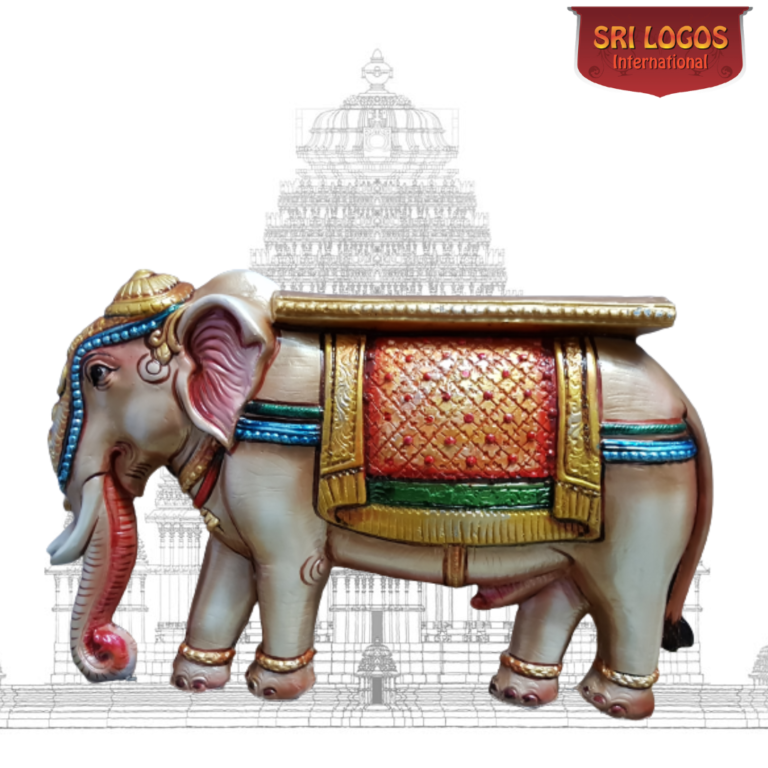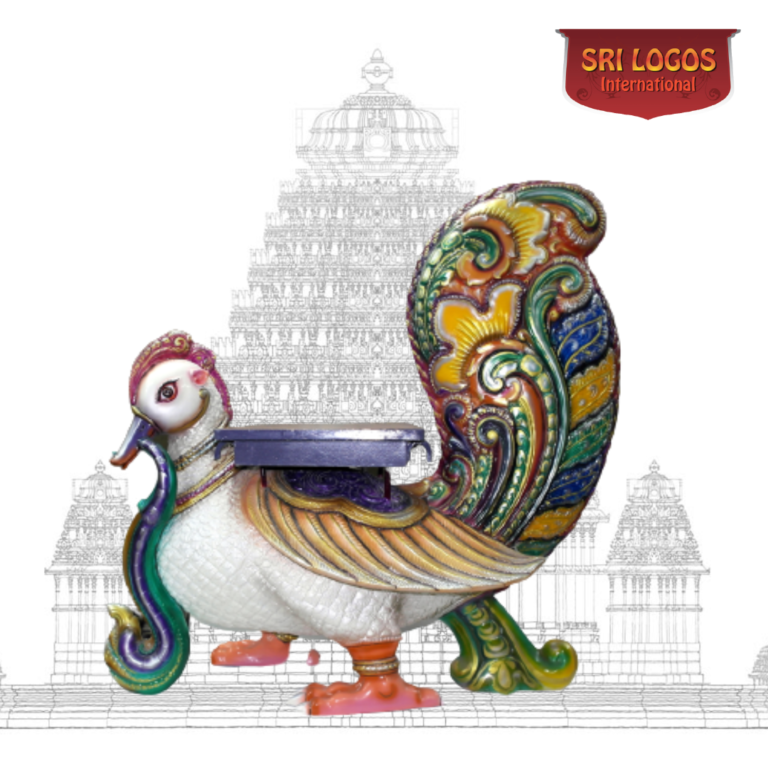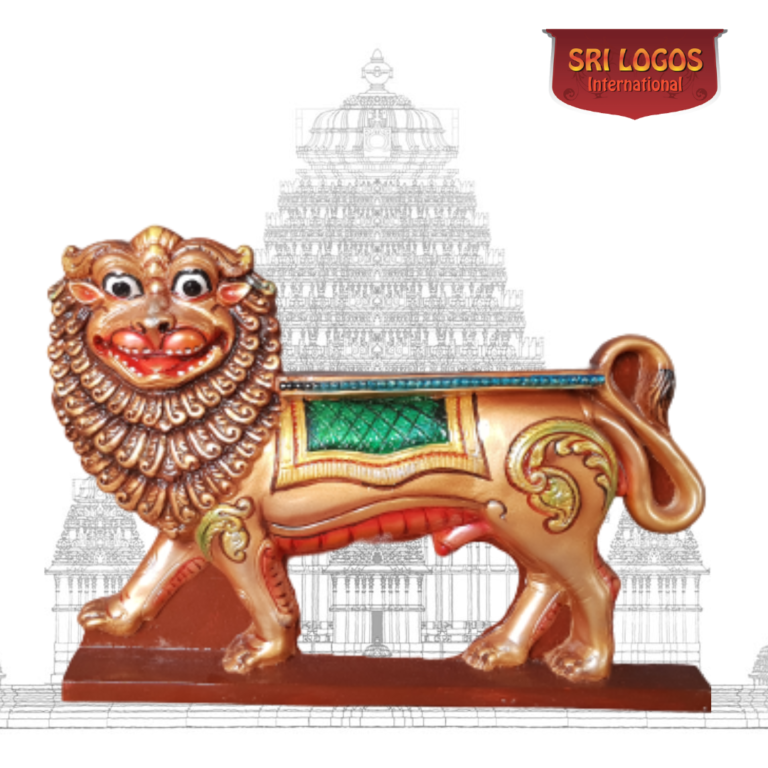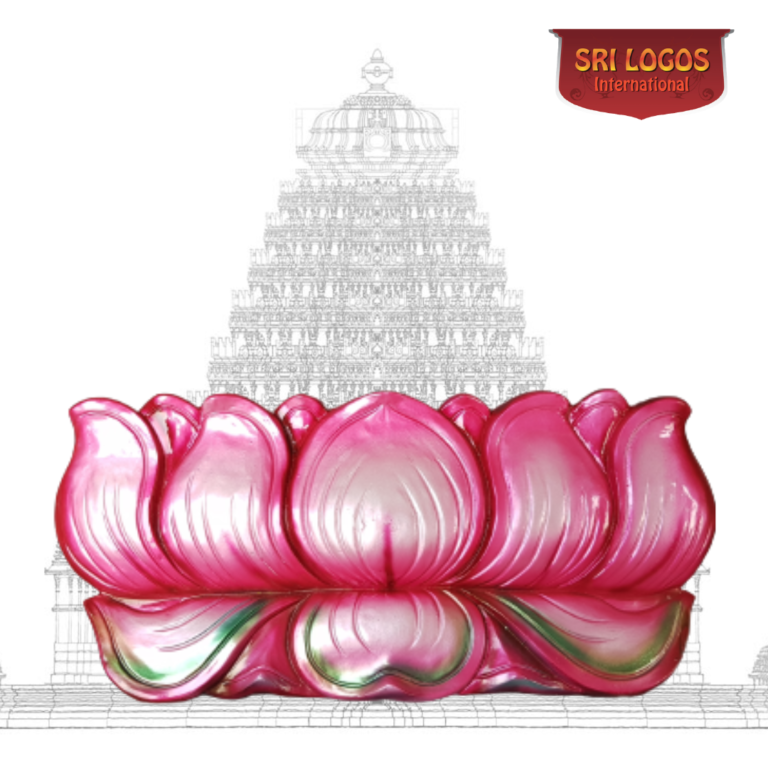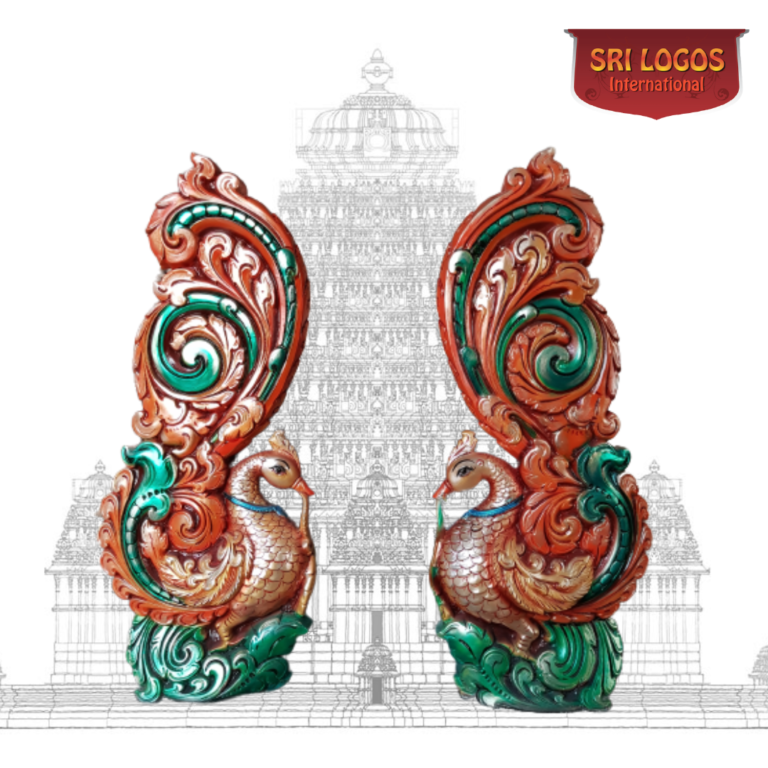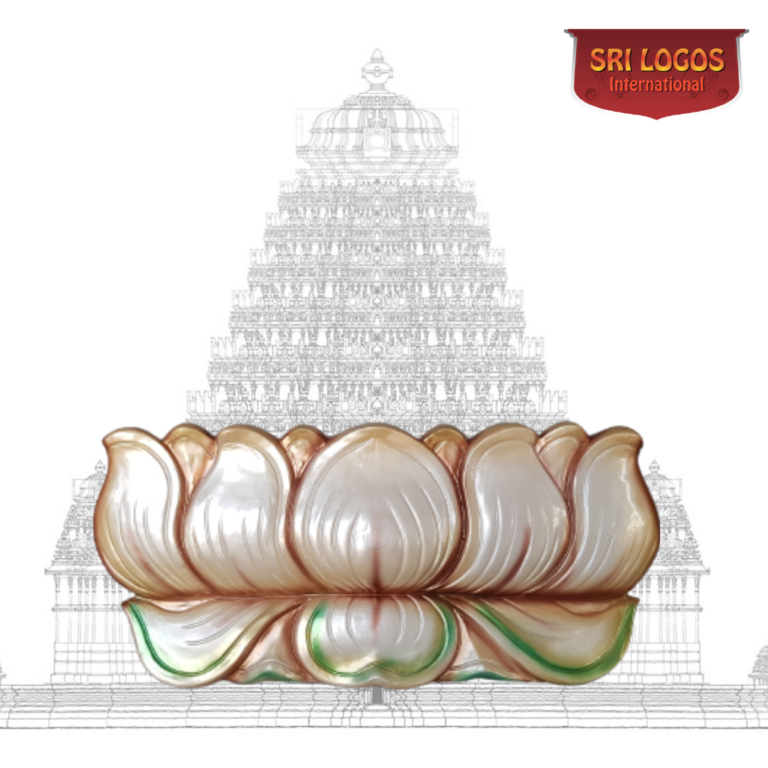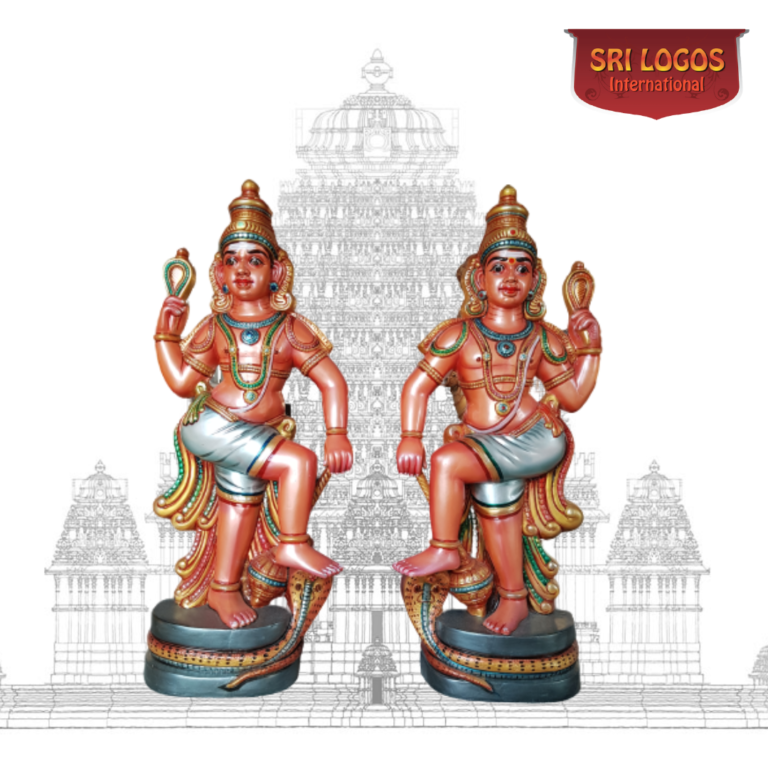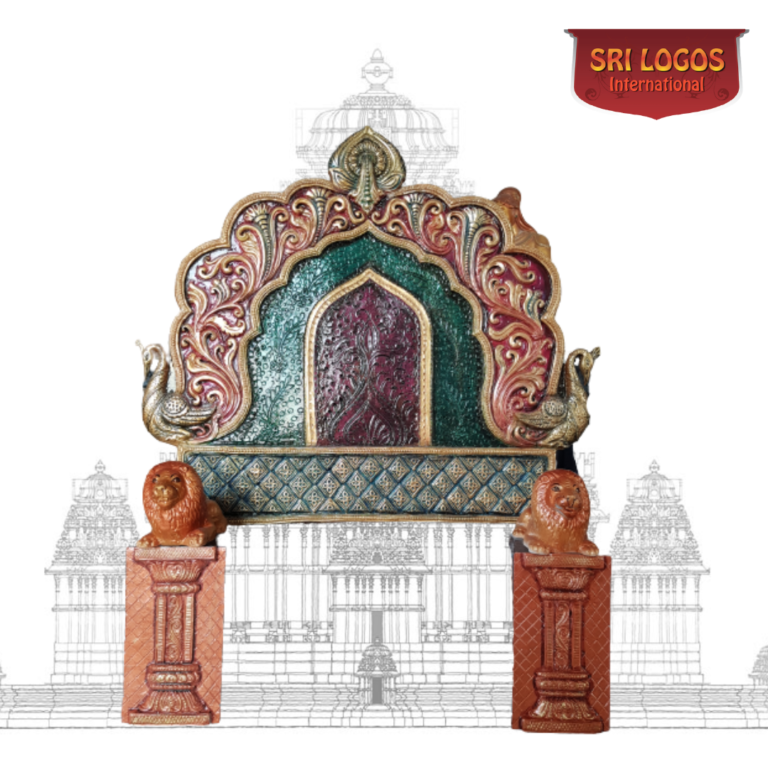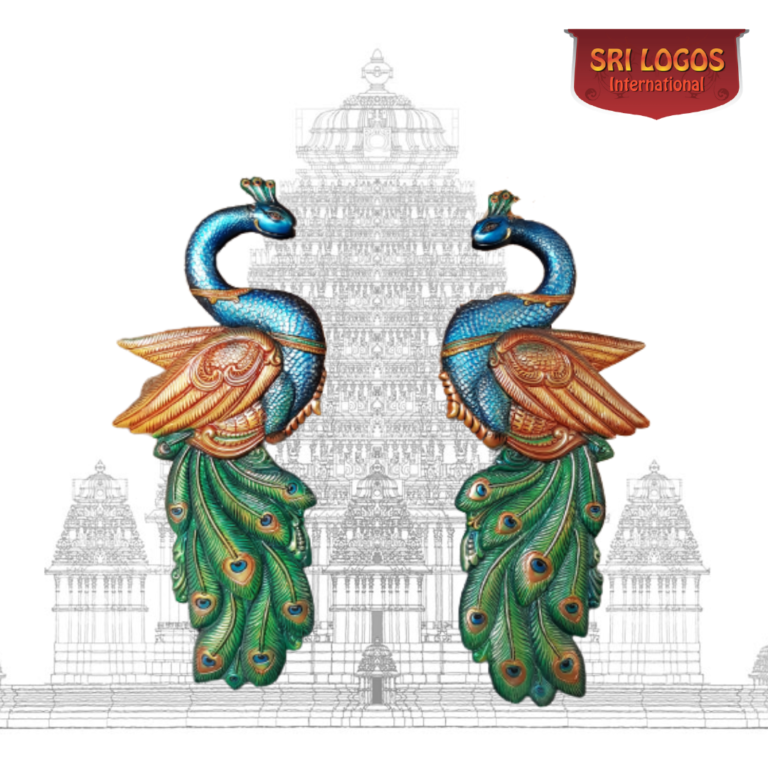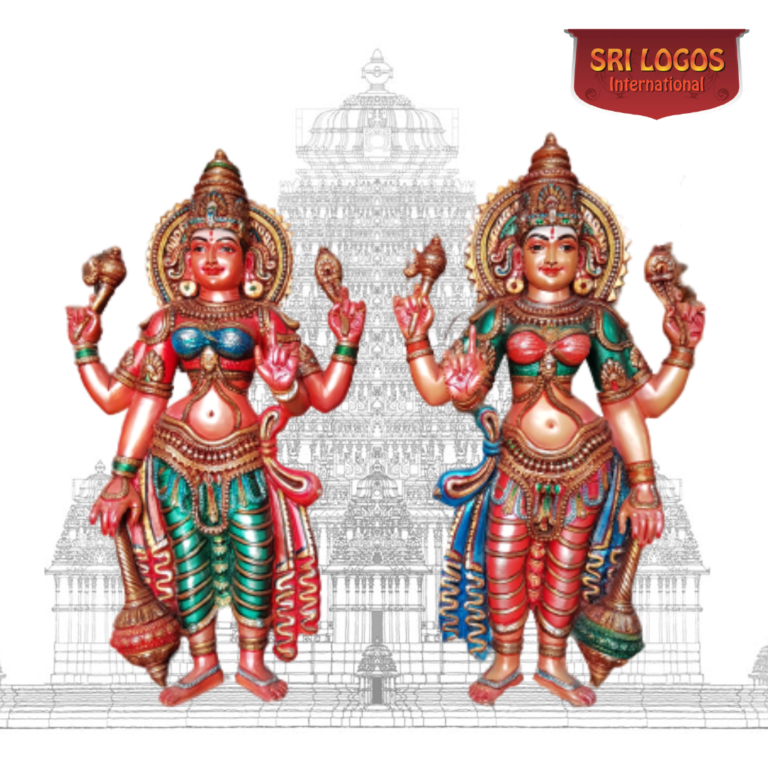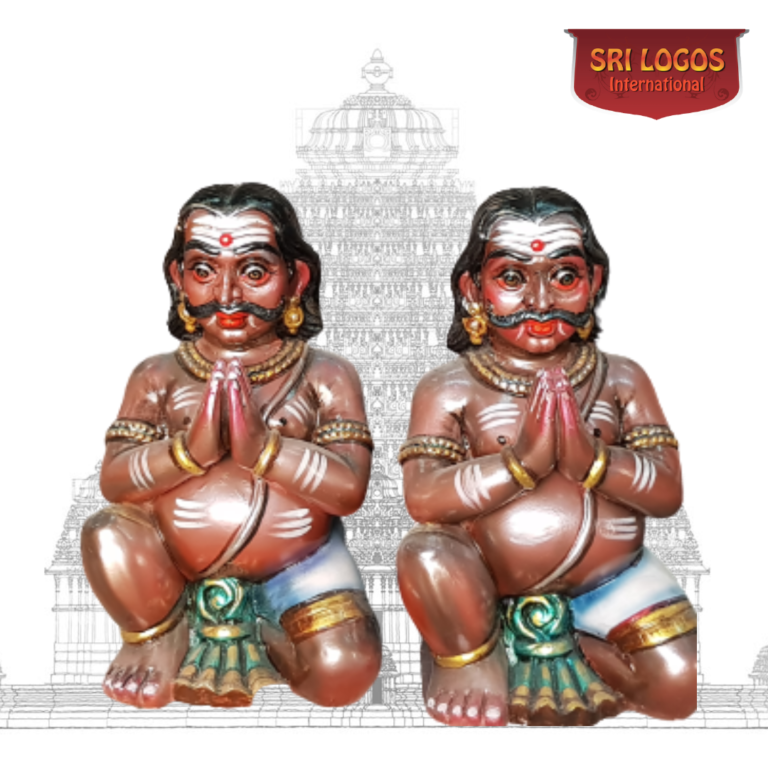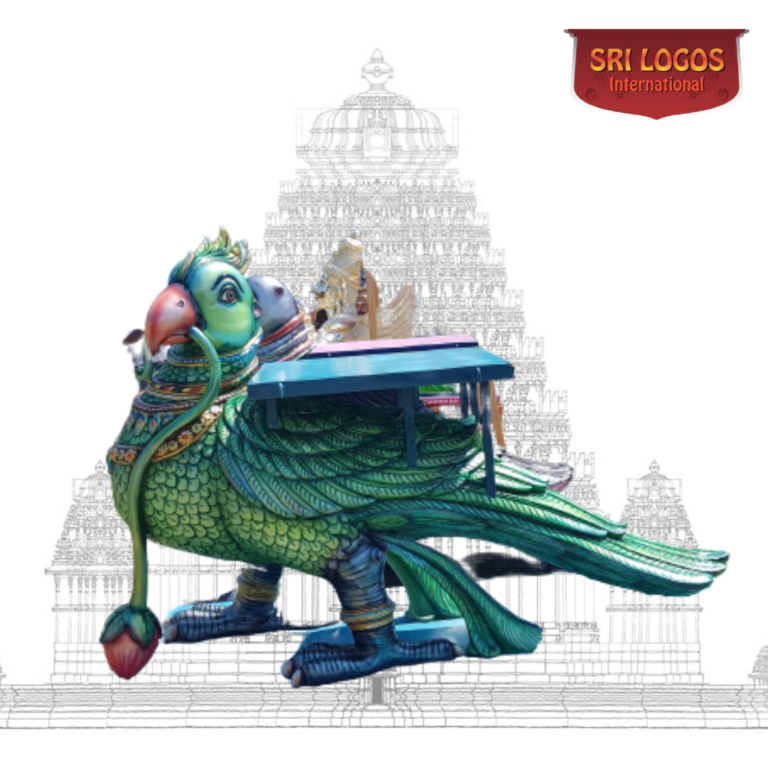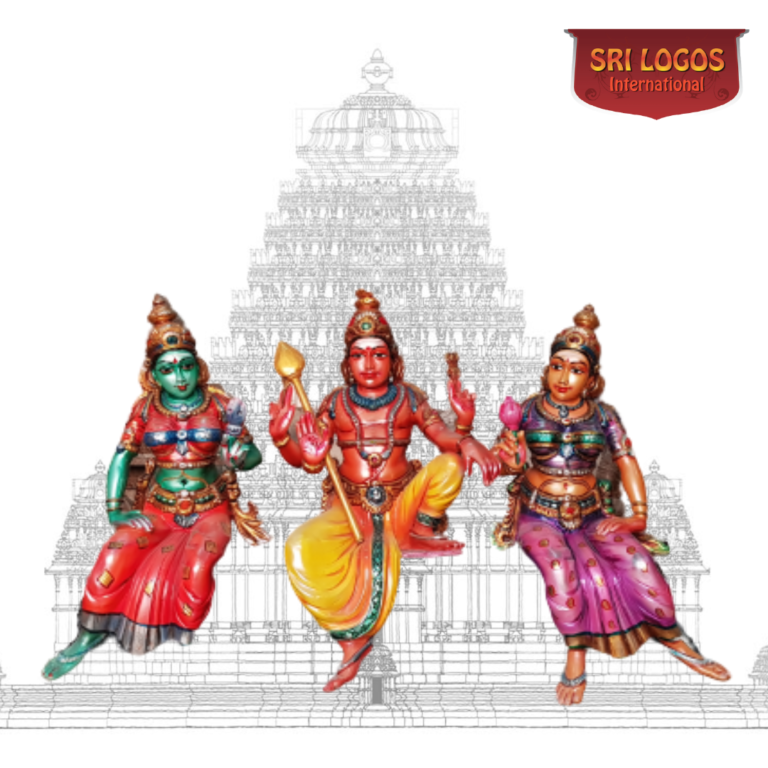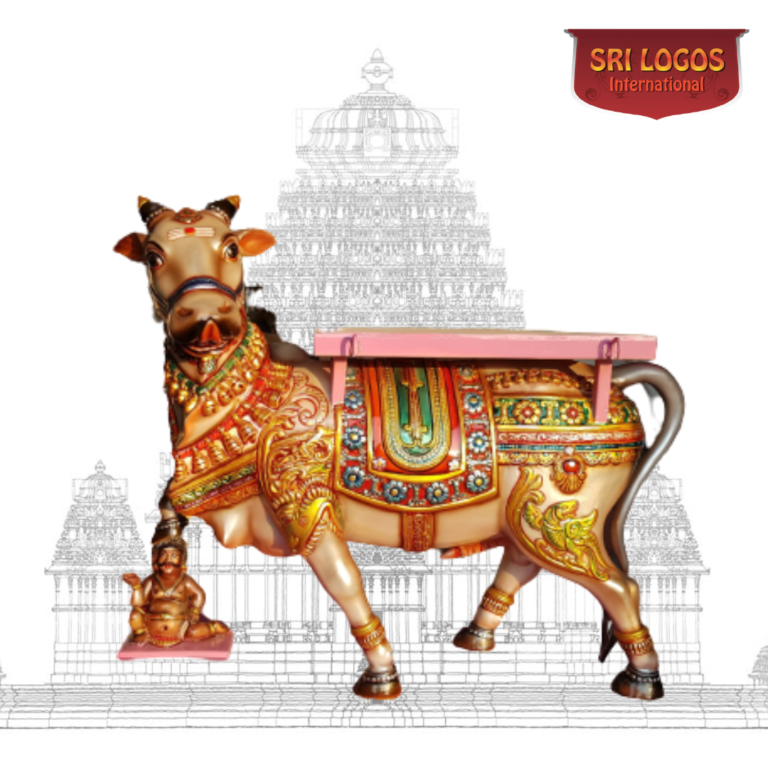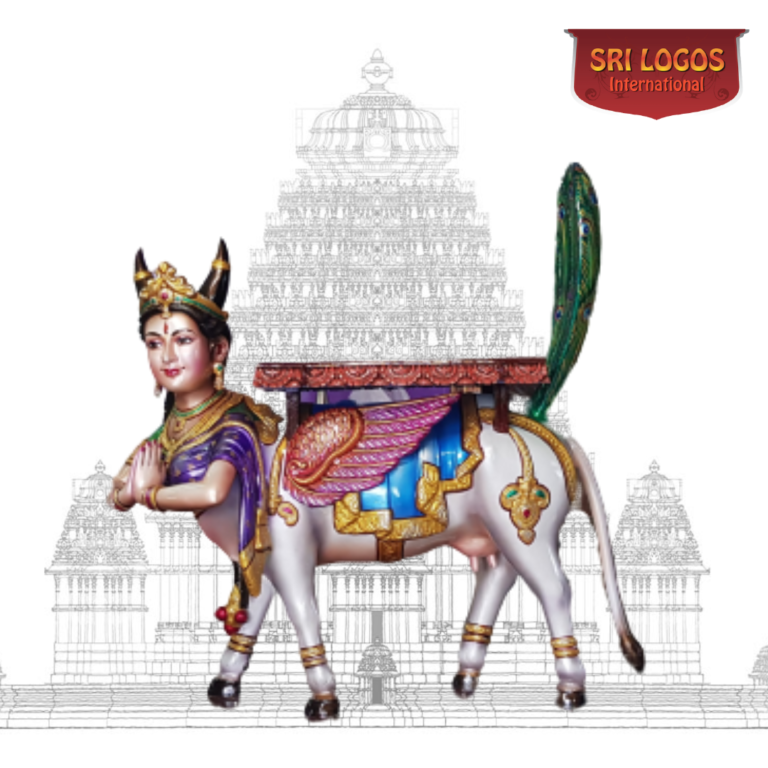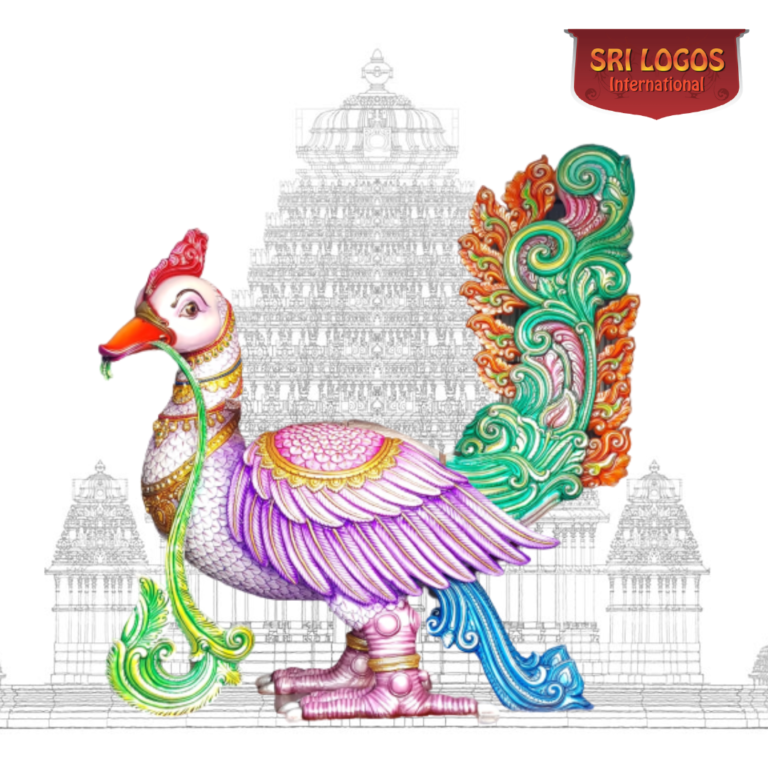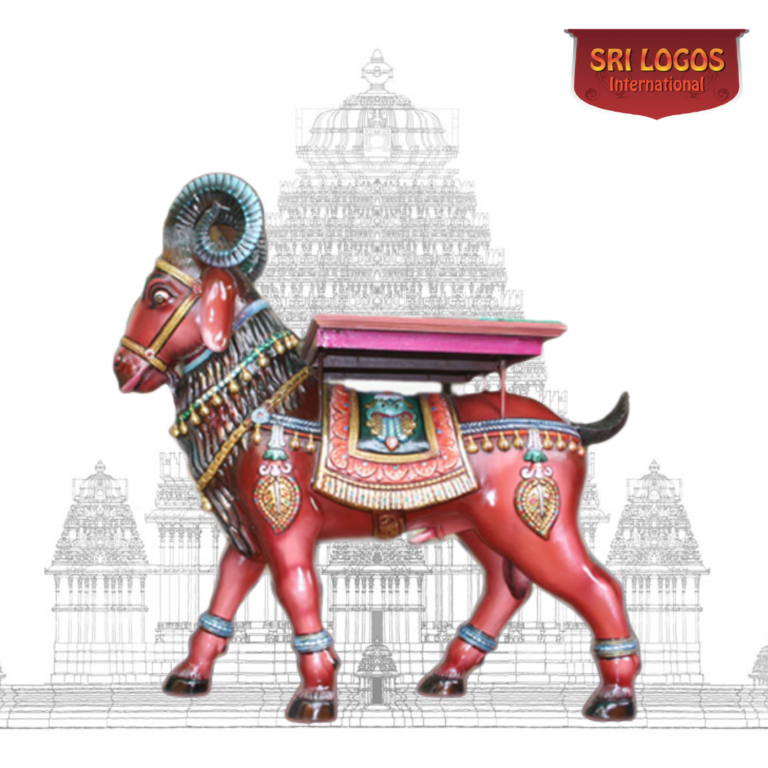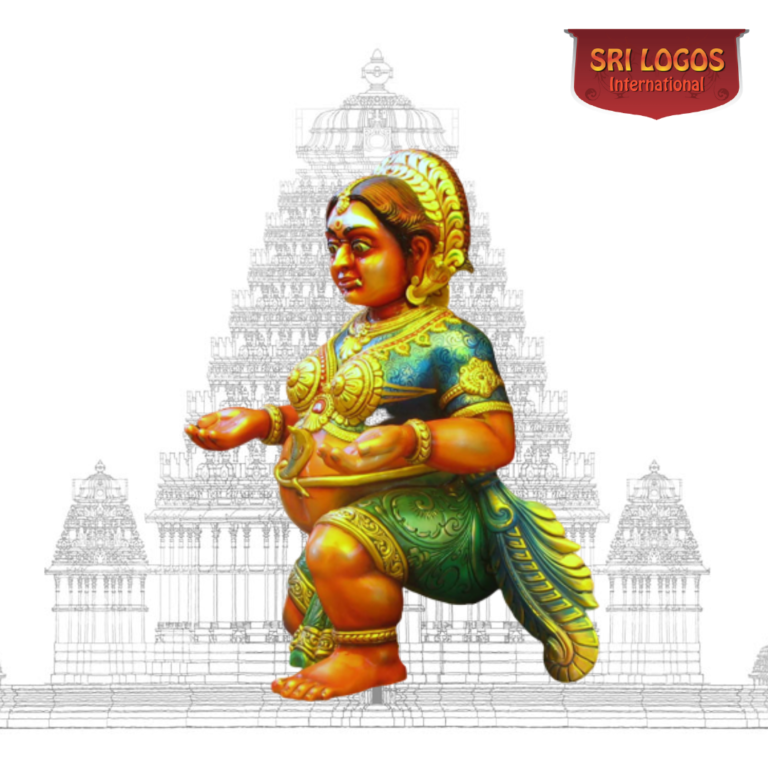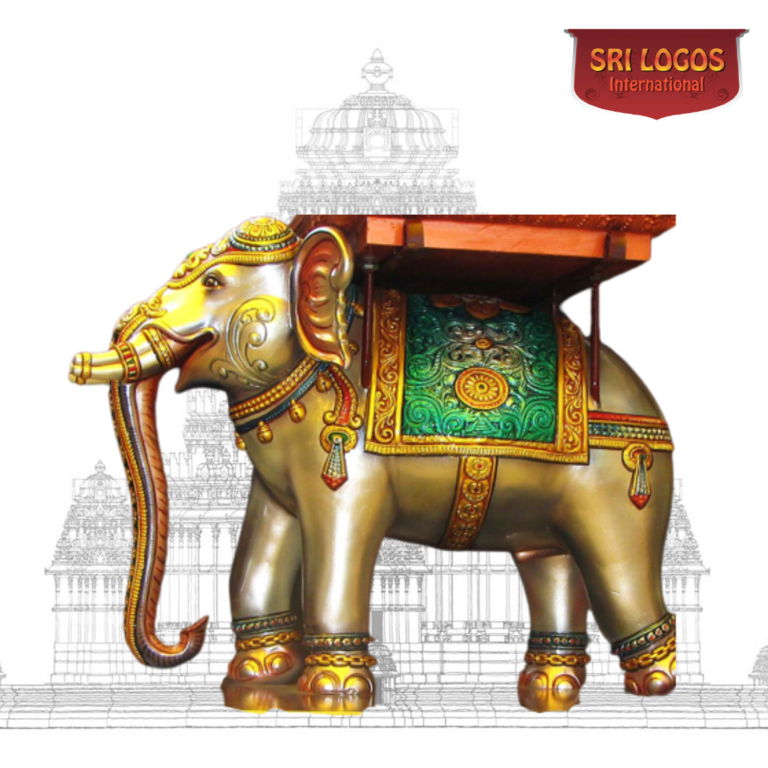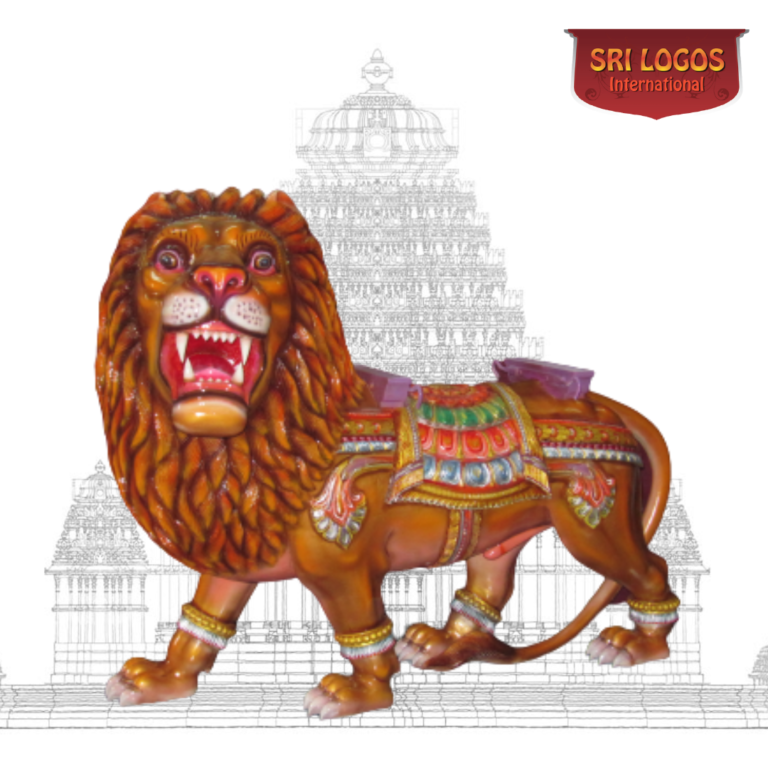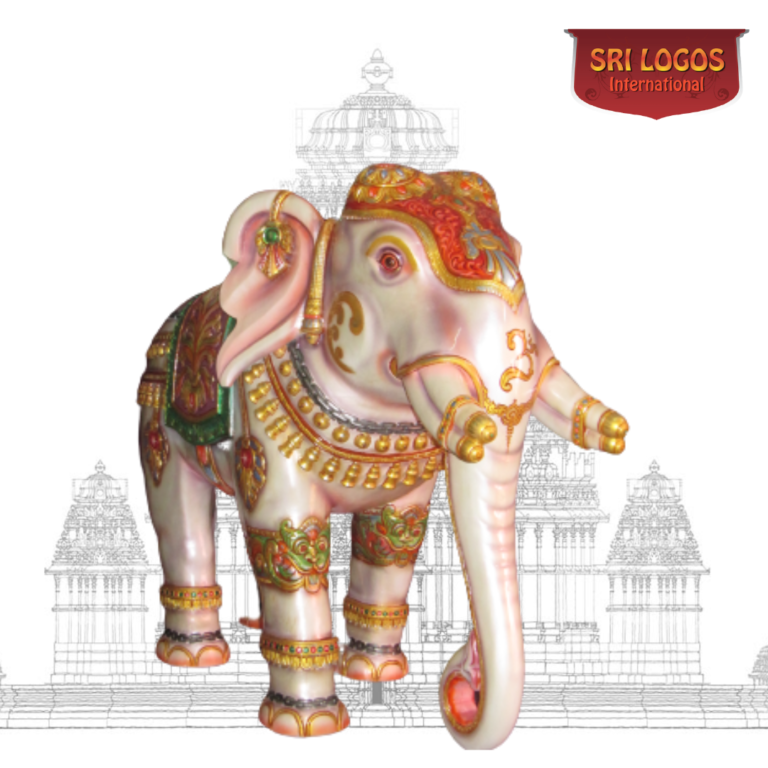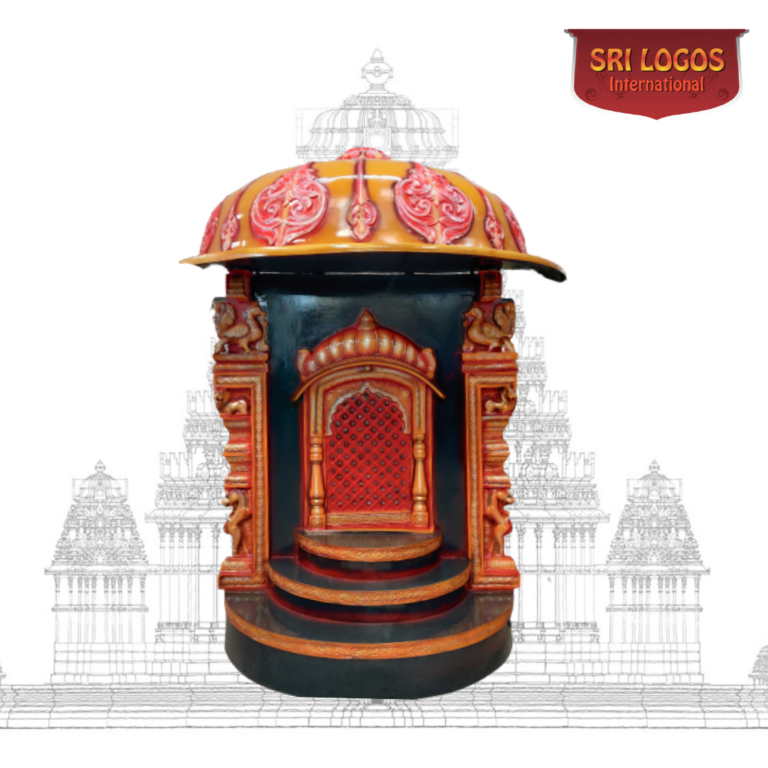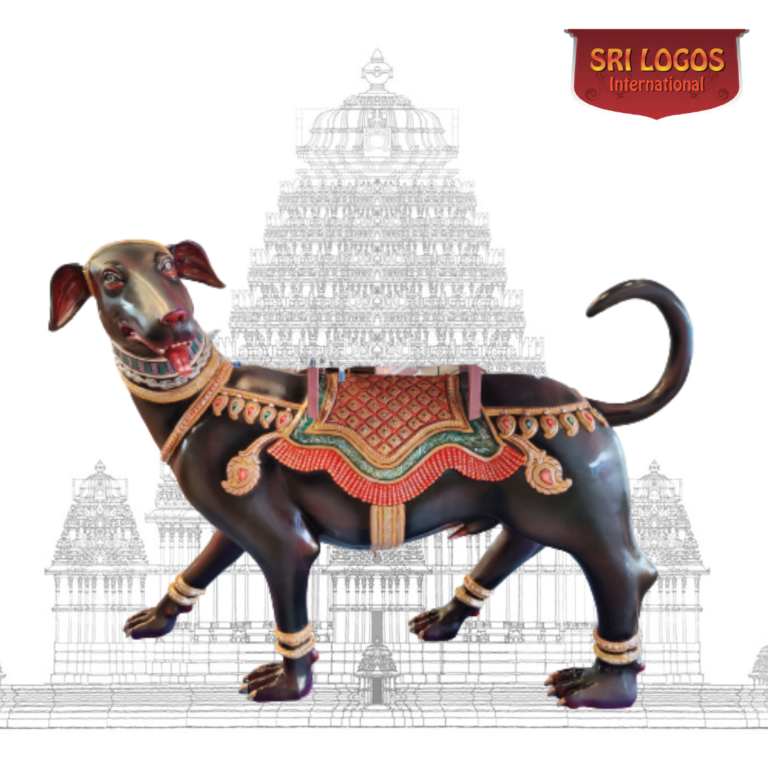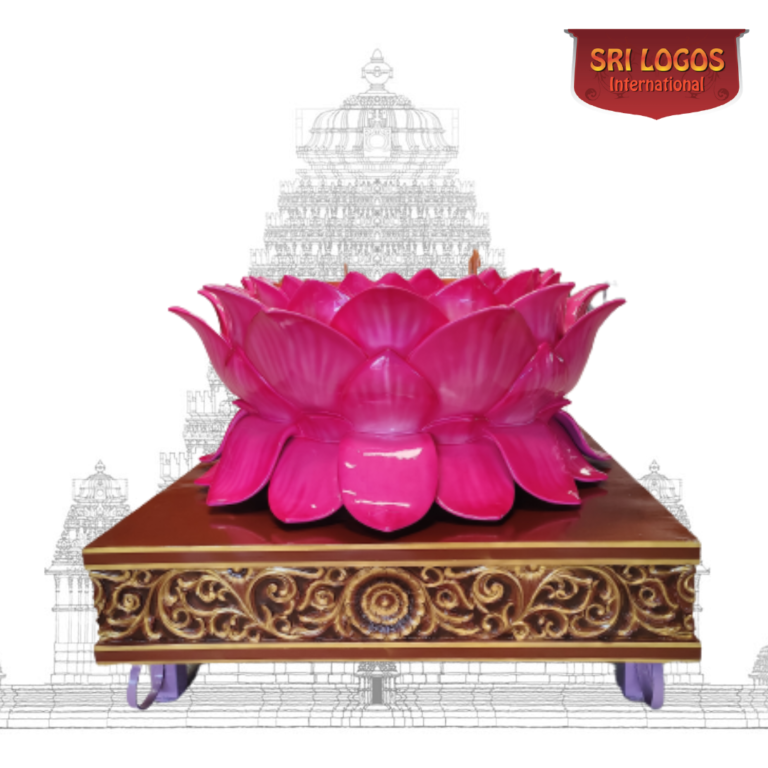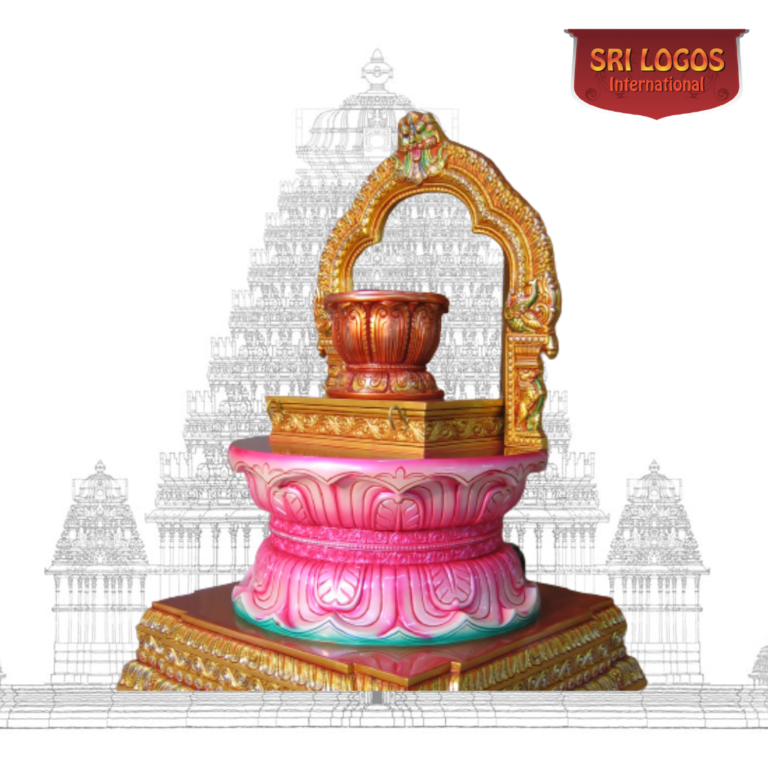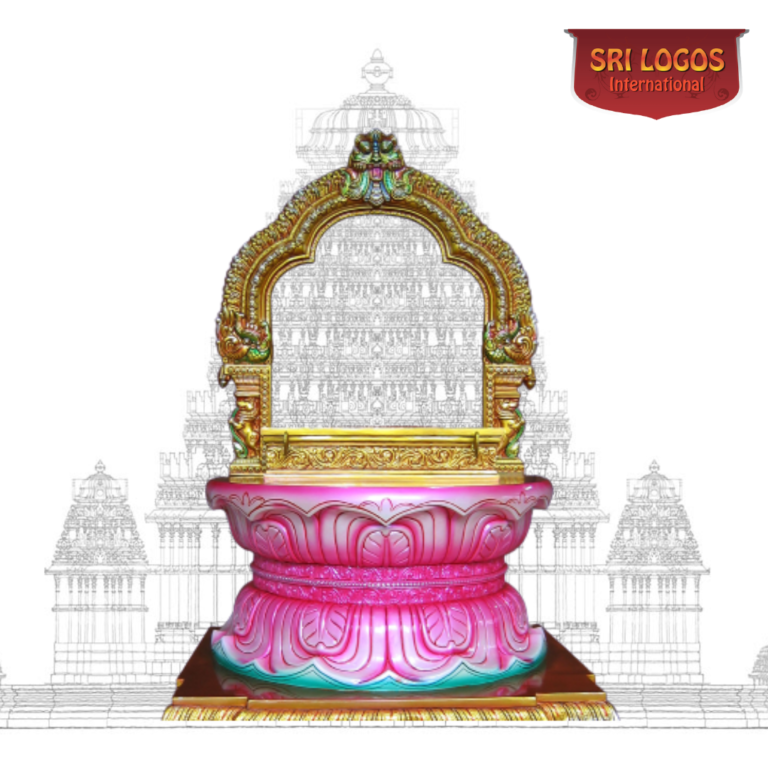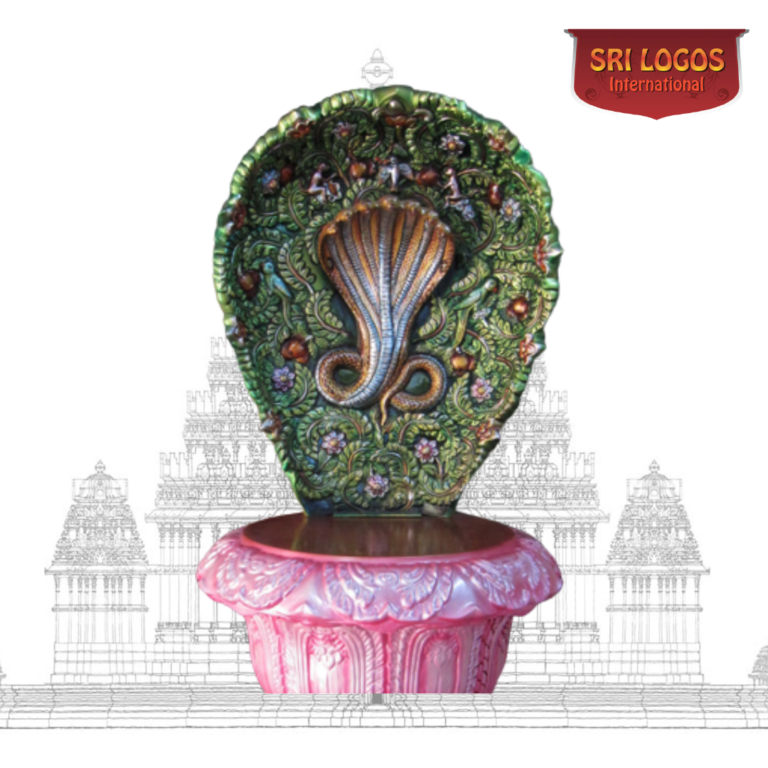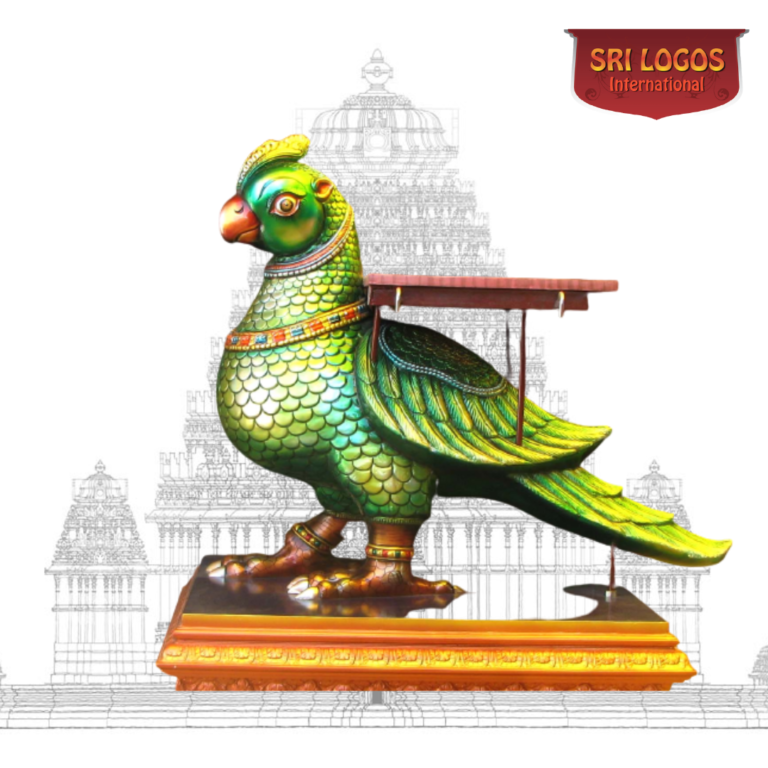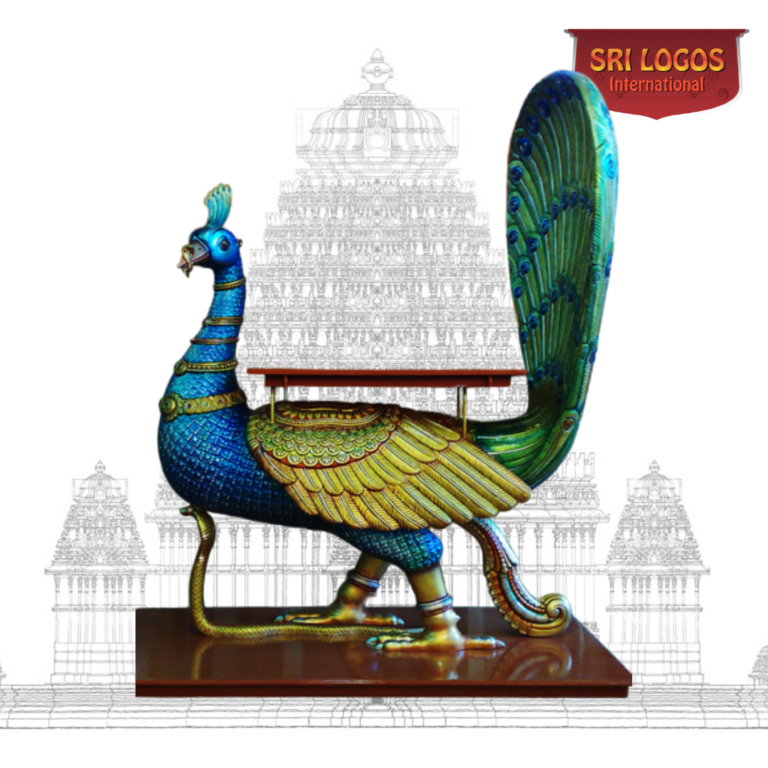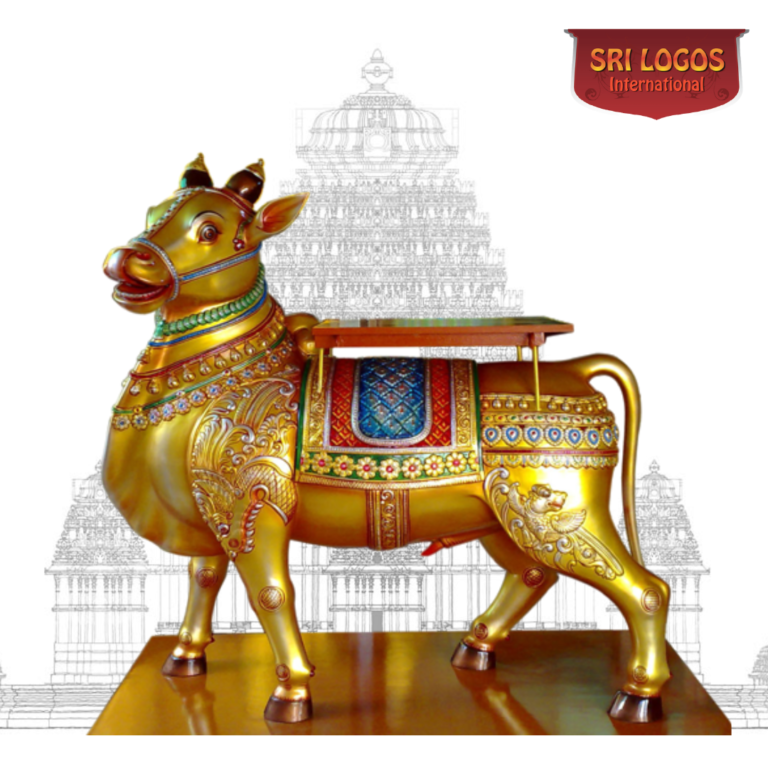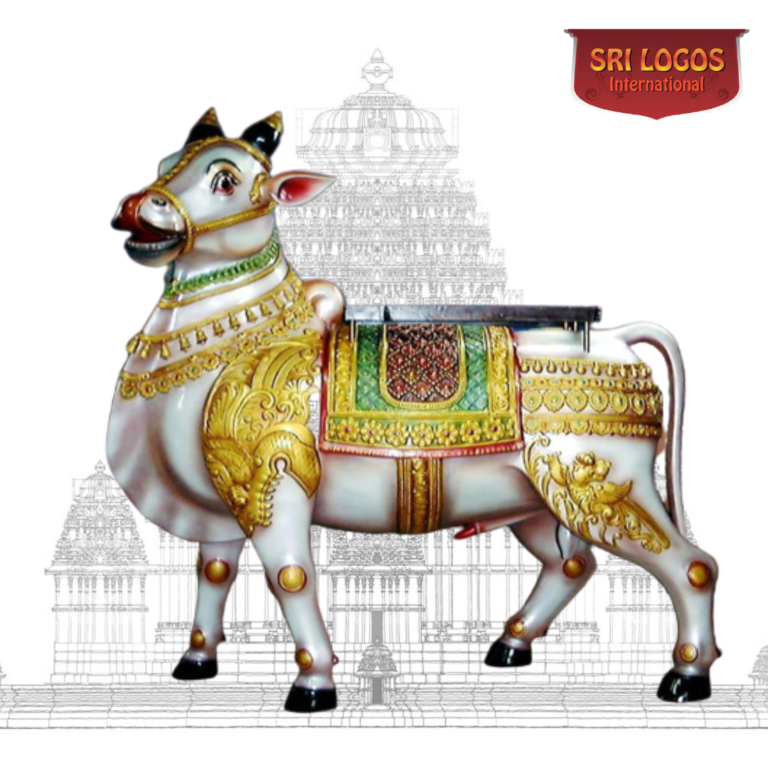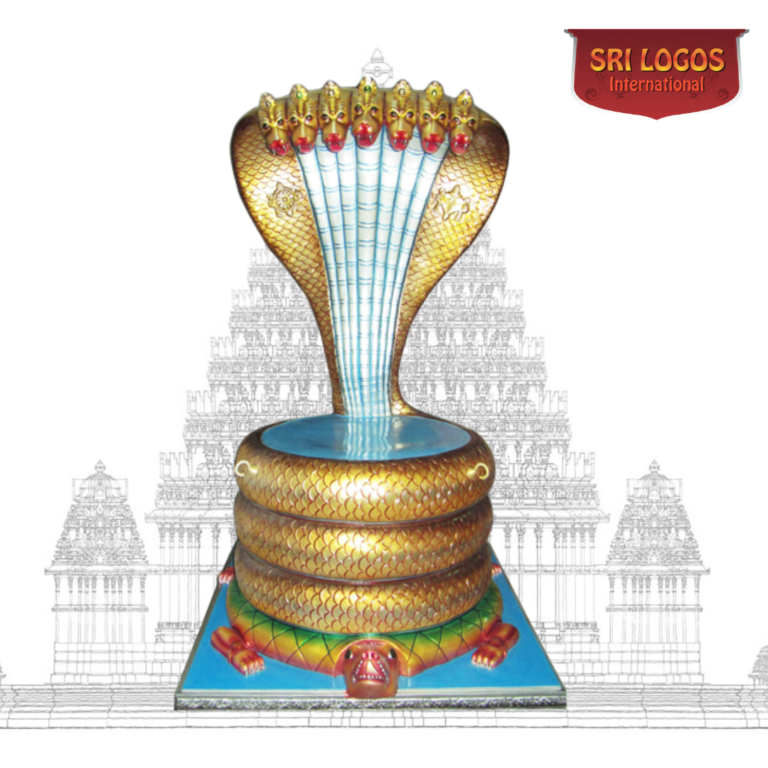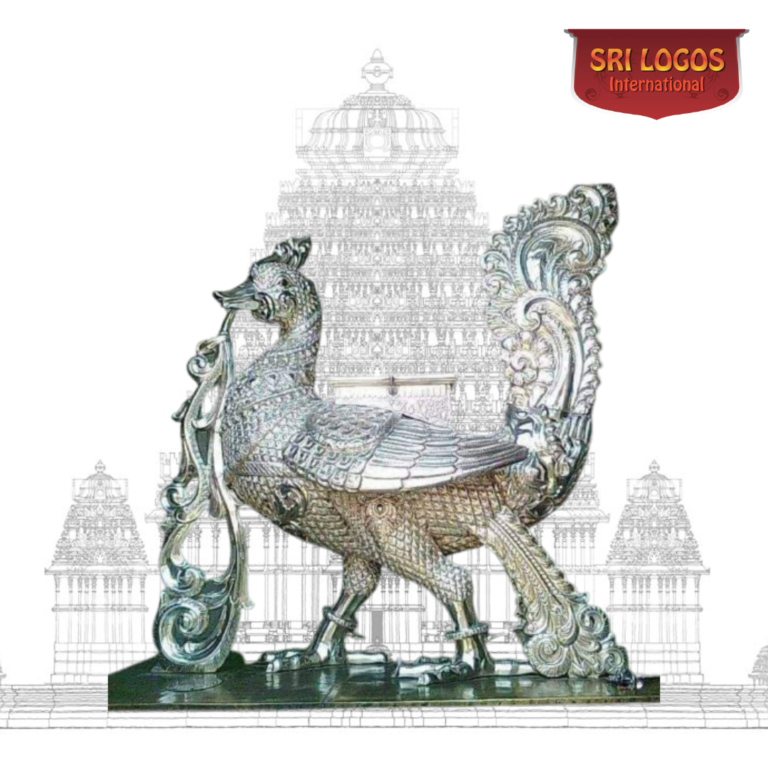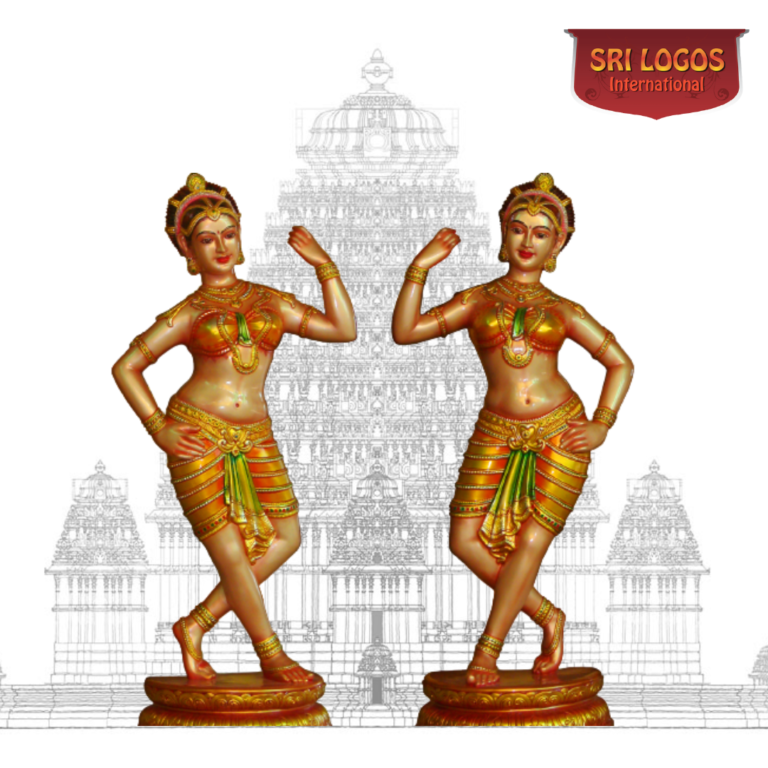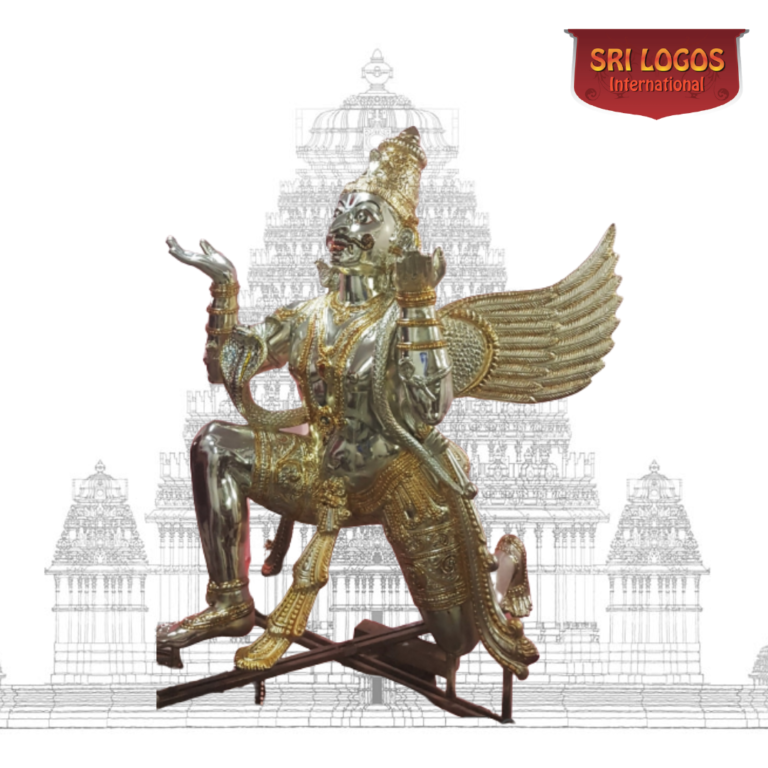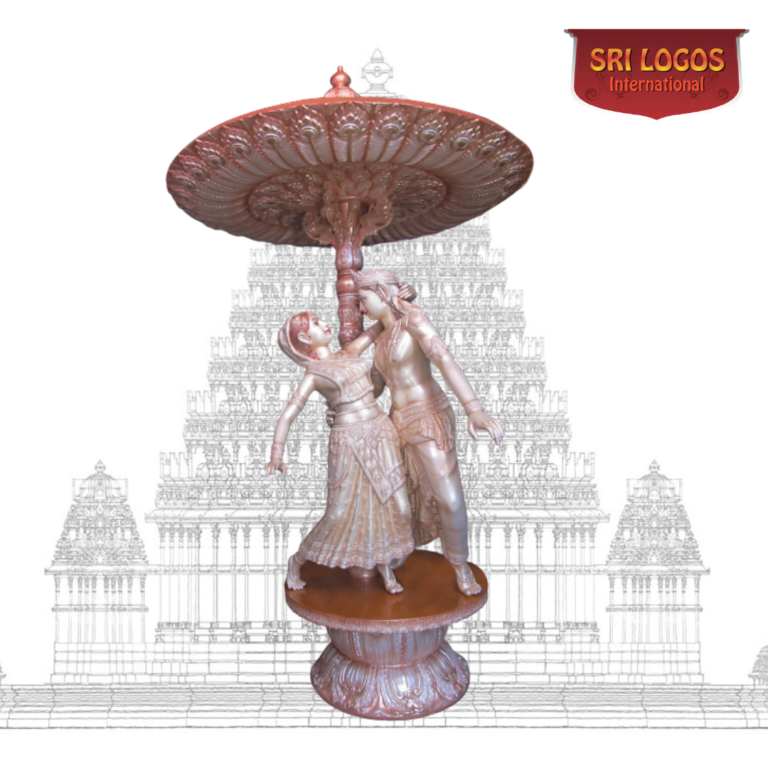vaganam
Vahana (वाहन, that which carries, that which pulls) denotes the being, typically an animal or mythical entity, that a particular deva is said to use as a vehicle. The partnership between the deva and his vahana is woven with much iconography and mythology. Often, the deva is iconographically depicted riding (or simply mounted upon) the vahana. Other times, the vahana is depicted at the deity’s side or symbolically represented as a divine attribute. The vahana may be considered an accouterment of the deity i.e.it can be taken as an additional armory or ornament or carrier for the diety, though the vahana may act independently, they are still functionally emblematic or even syntagmatic of their “rider” i.e., even if they are functionally independent they are bound to act as per the directions of the deva or as part of the actions of the deva. The deva (or Devi, who will have her own, unique vahana) may be seen sitting or on, or standing on, the vahana. They may be sitting on a small platform called a howdah, or riding on a saddle or bareback.
Each deva or Devi has their vahana that suits its need and gives a meaningful understanding of the god. For example, Lord Shiva’s vahana is Nandi who was previously known as Nandikeshwara, the lord of joy, happiness, and music, was related to Shiva in the course of the long Hindu history. From half-bull half-man he was transformed into a full bull vahana of the lord. What exactly does that indicate about the lord? This indicates that Shiva loves music and dance, and that’s why you tend to see in many temple artworks, Nandi playing mridangam while the lord dances his tandava ! Likewise one can cite many examples for each lord and their vahana.
-
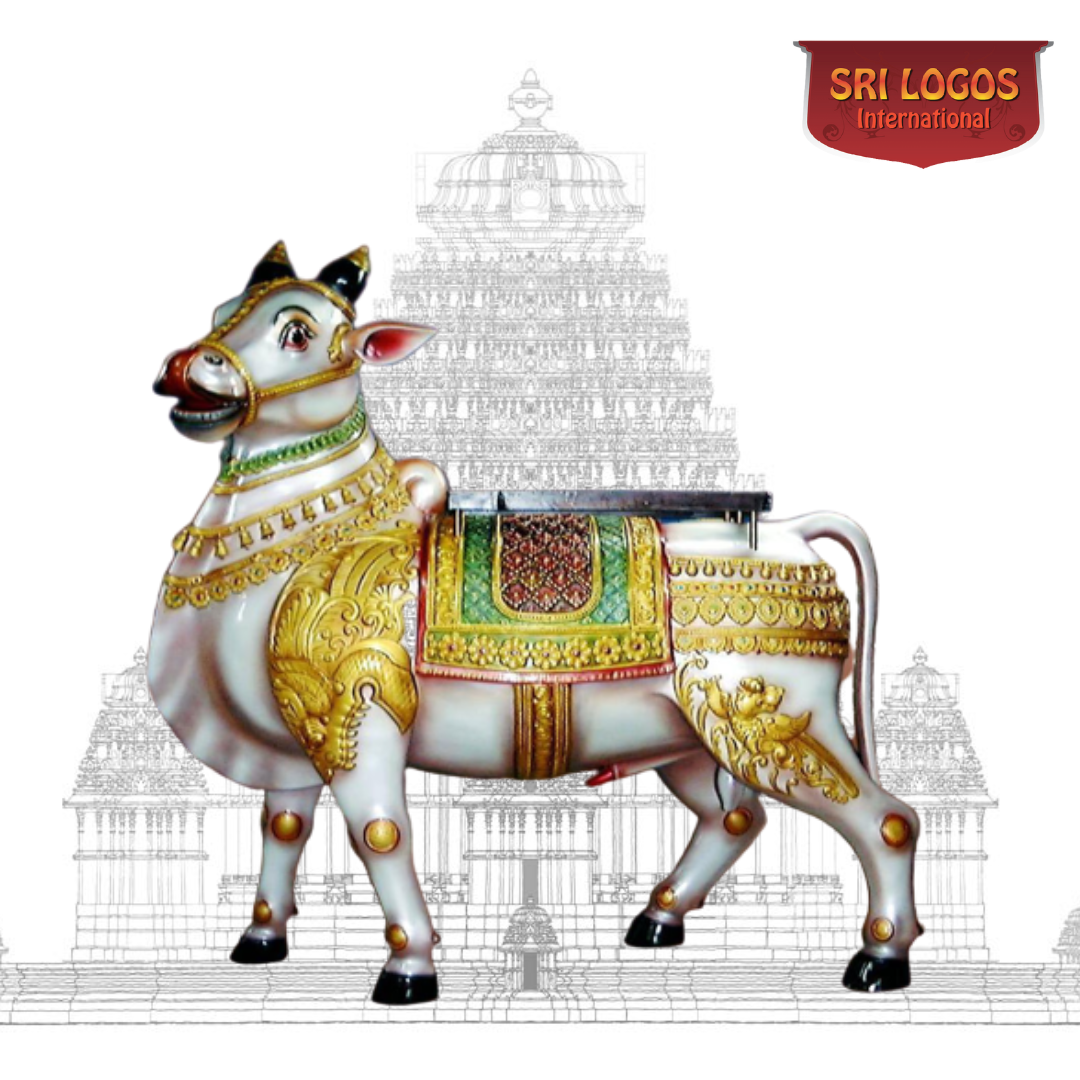 Quick View
Quick View
Vaaganam 37
-
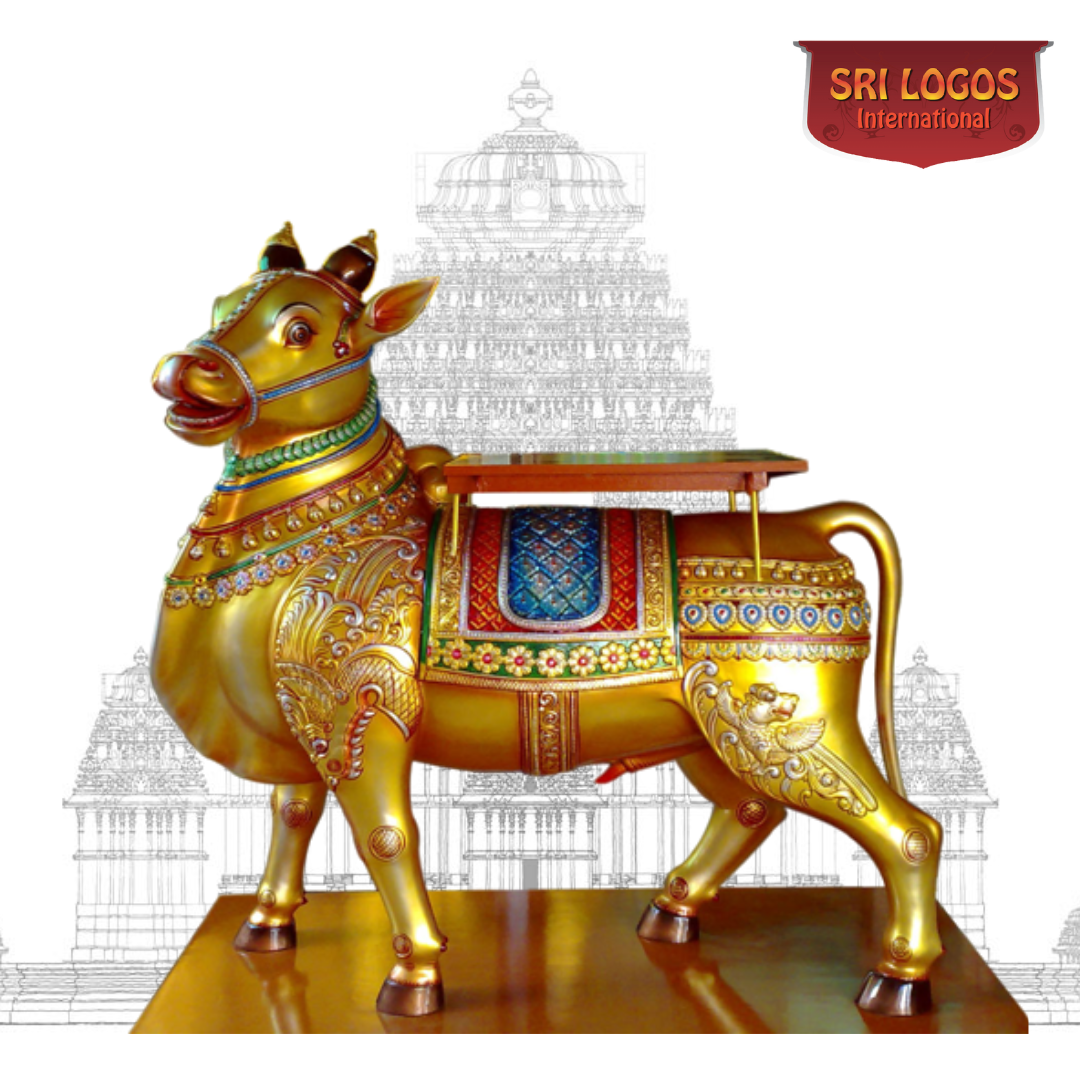 Quick View
Quick View
Vaaganam 36
-
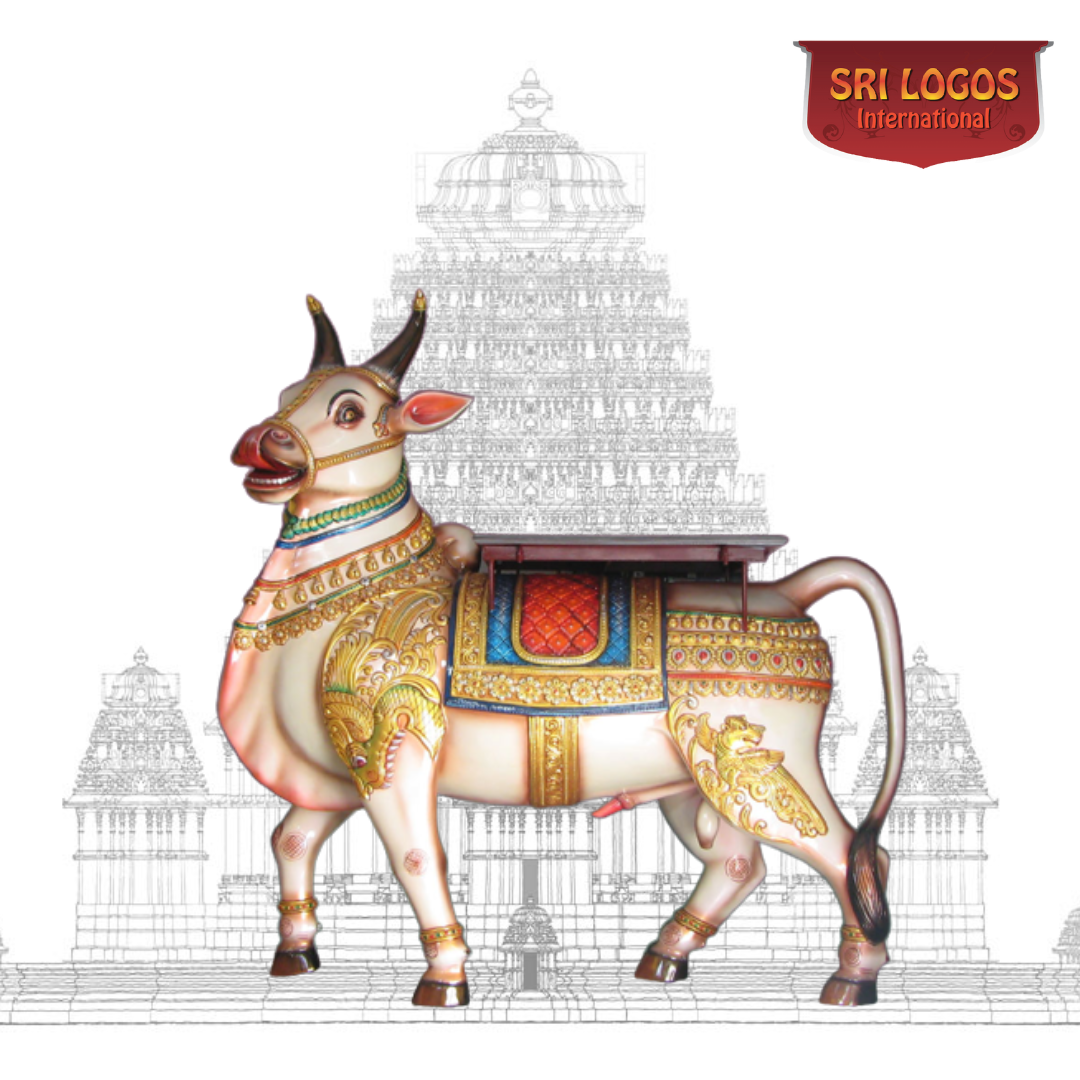 Quick View
Quick View
Vaaganam 35
-
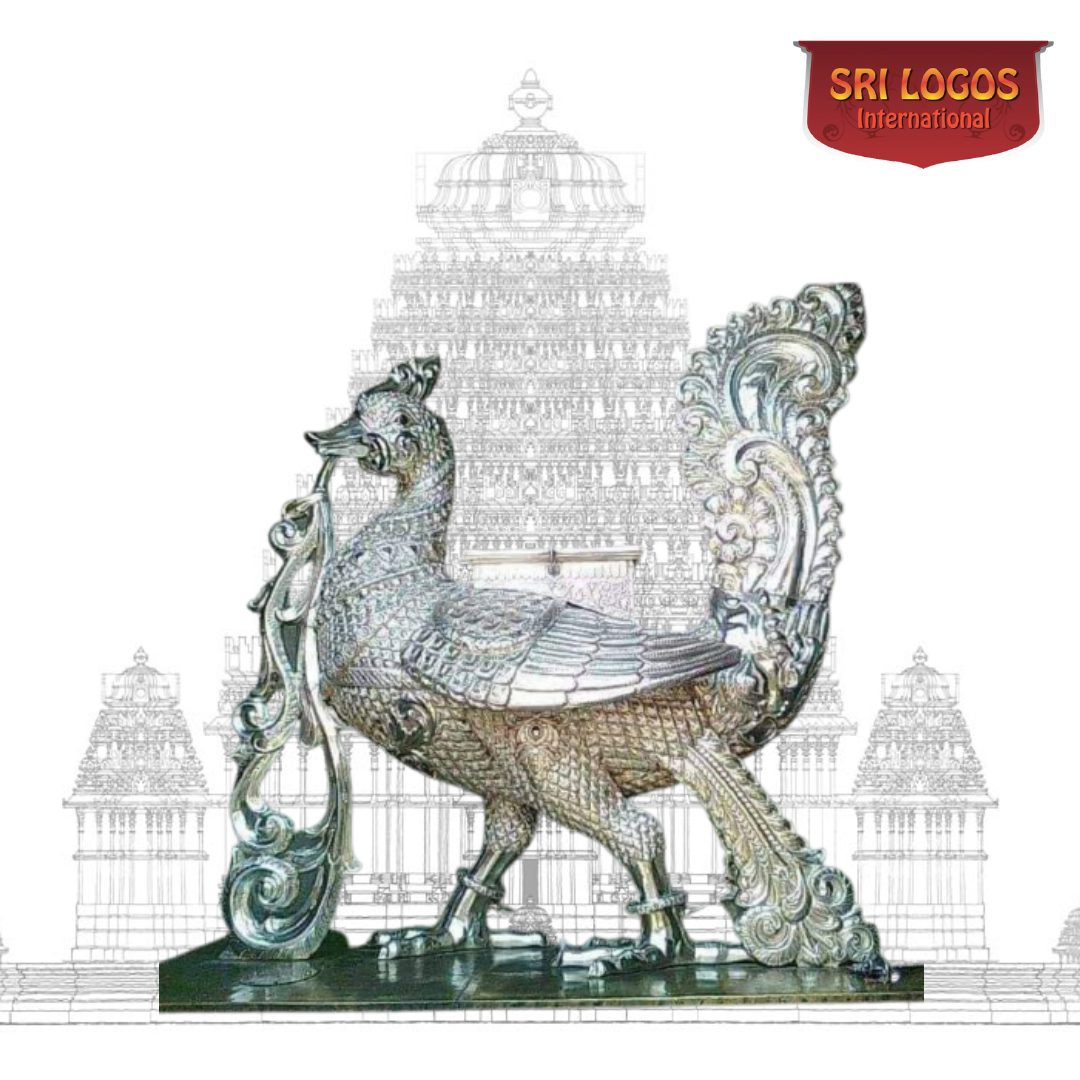 Quick View
Quick View
Vaaganam 34
-
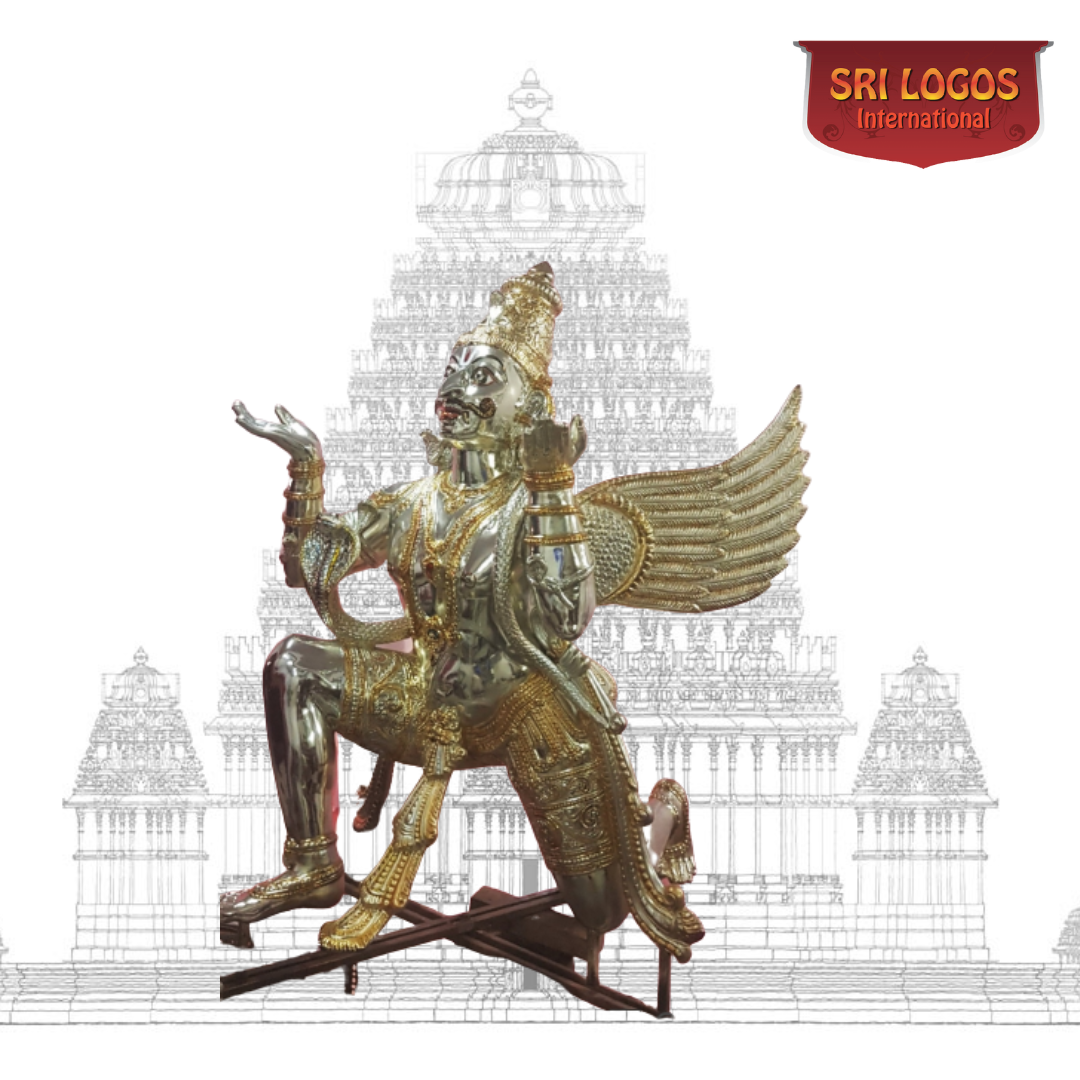 Quick View
Quick View
Vaaganam 33
-
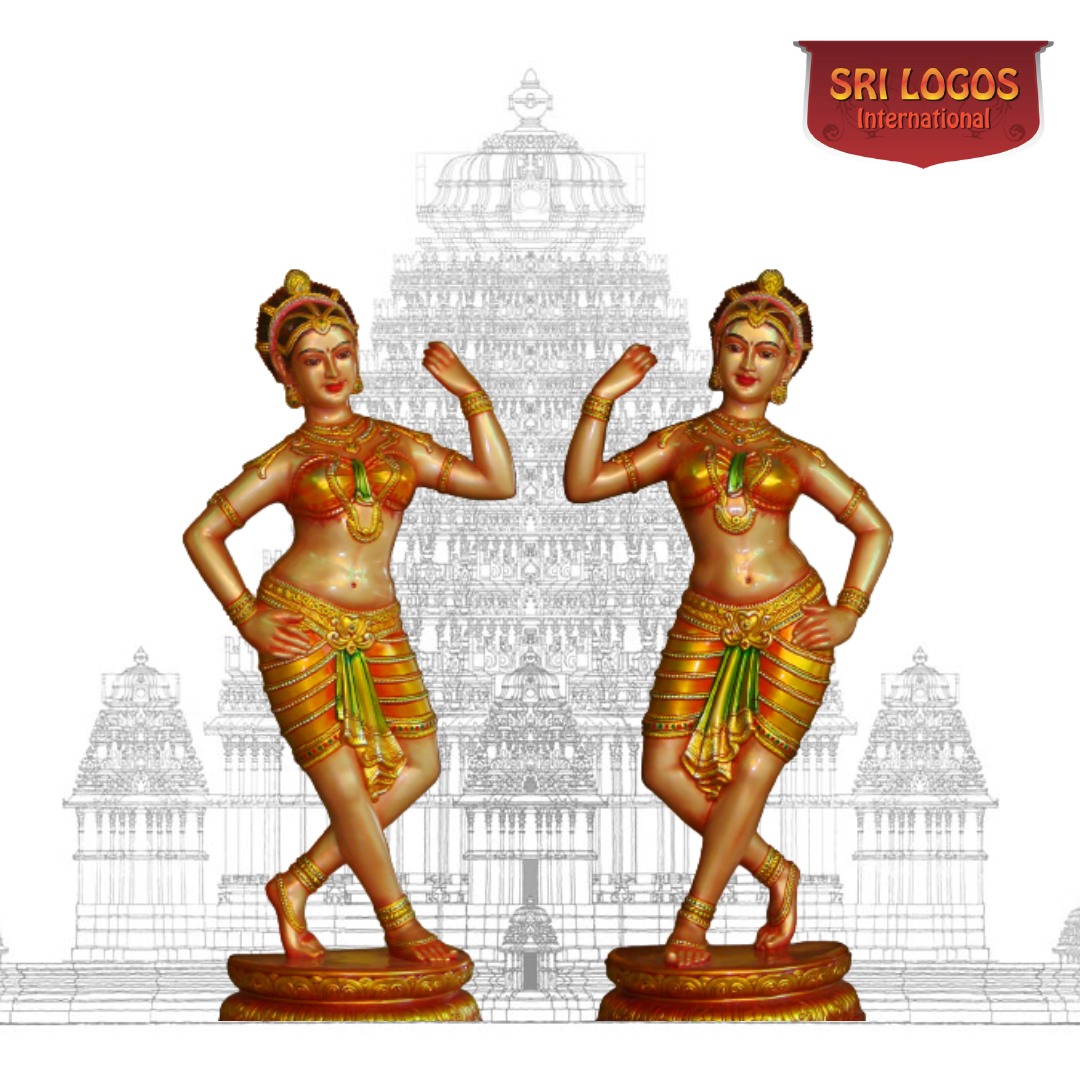 Quick View
Quick View
Vaaganam 32
-
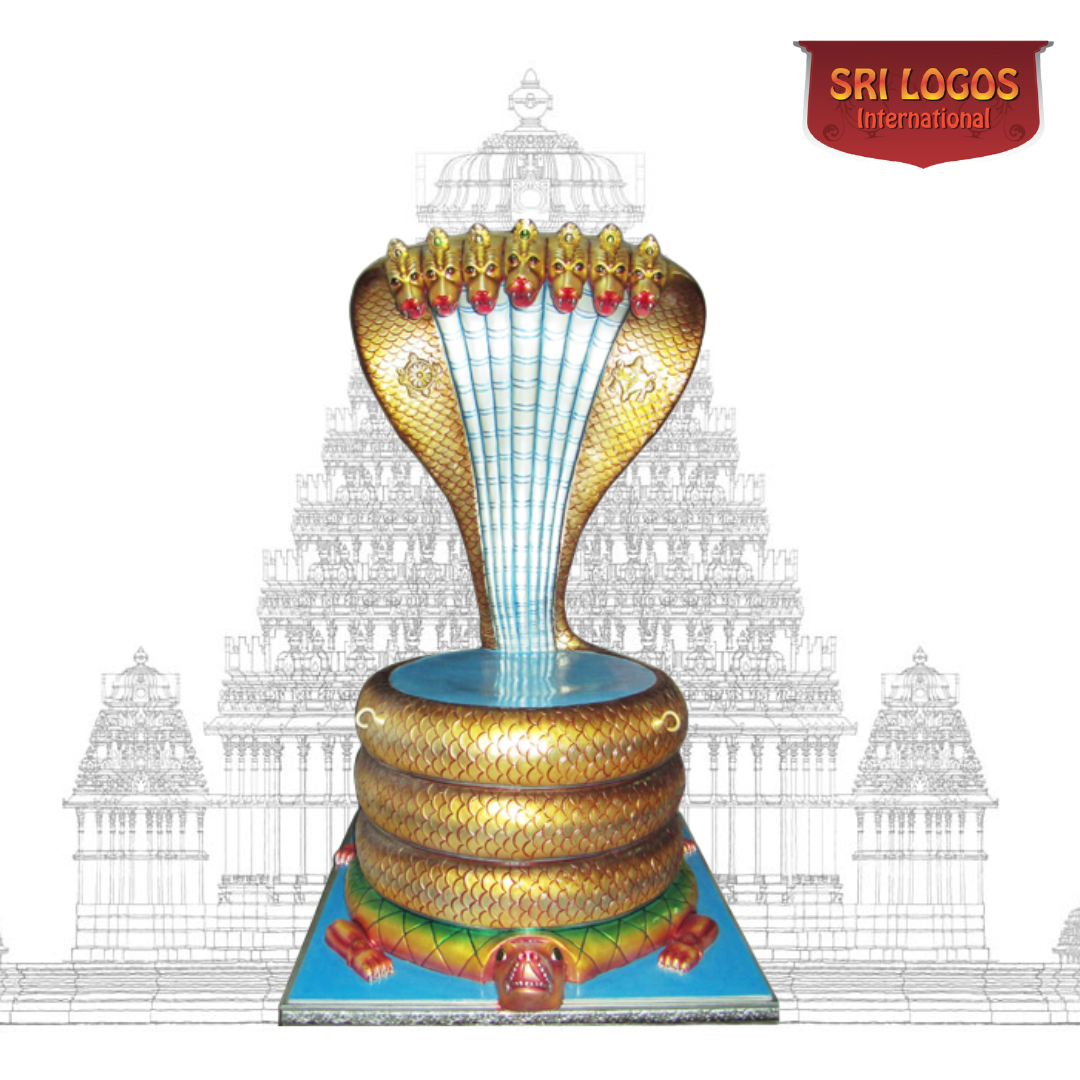 Quick View
Quick View
Vaaganam 31
-
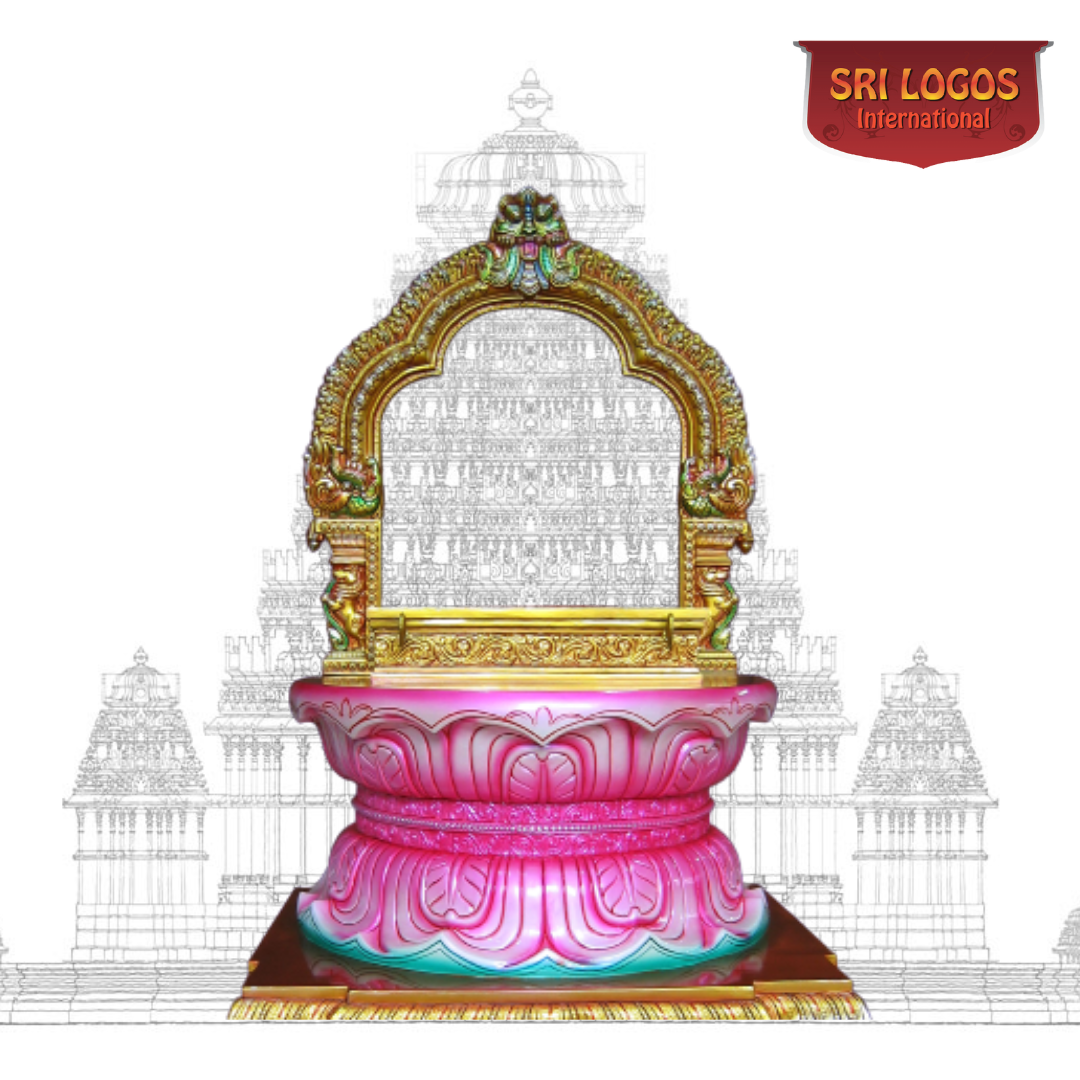 Quick View
Quick View
Vaaganam 30
-
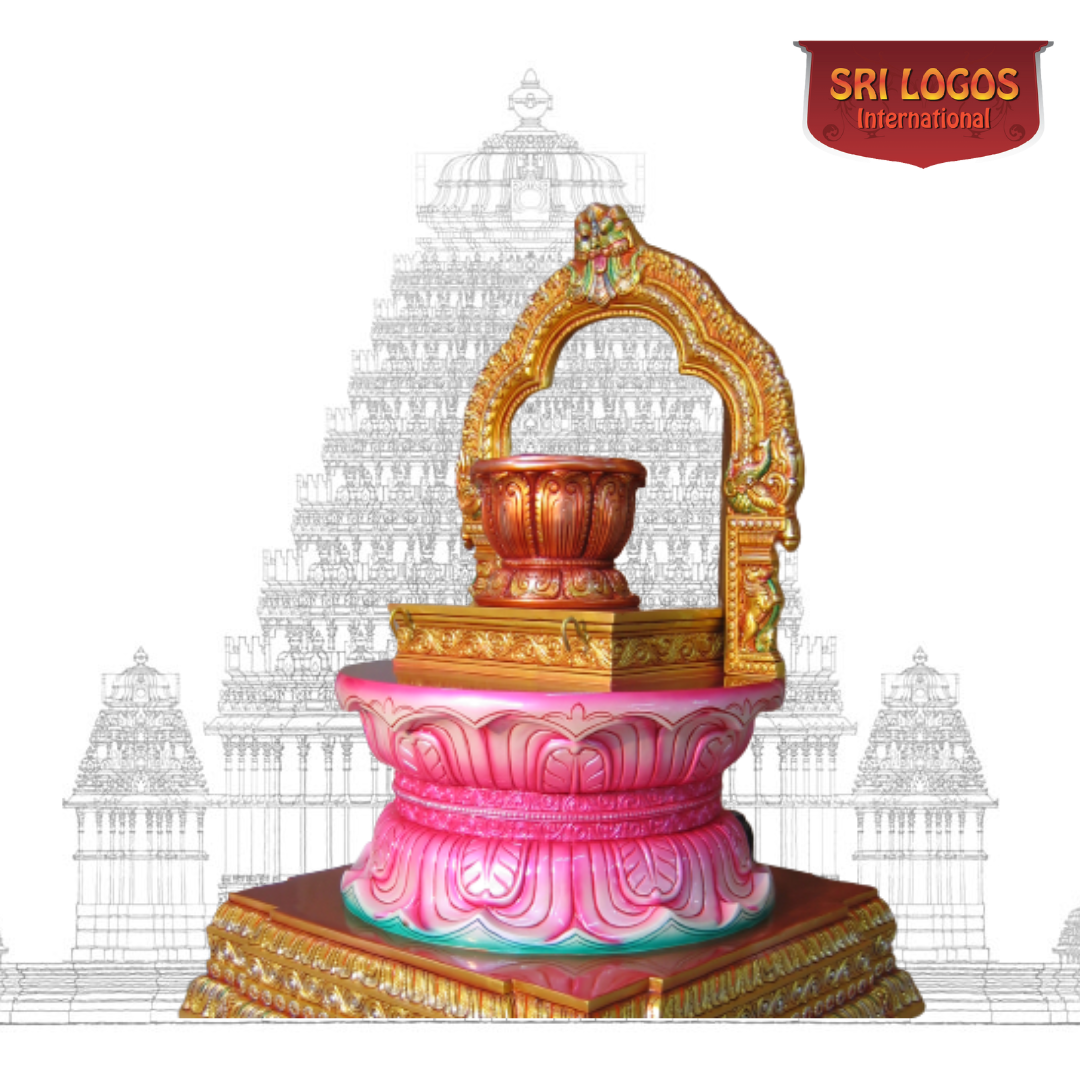 Quick View
Quick View
Vaaganam 29
-
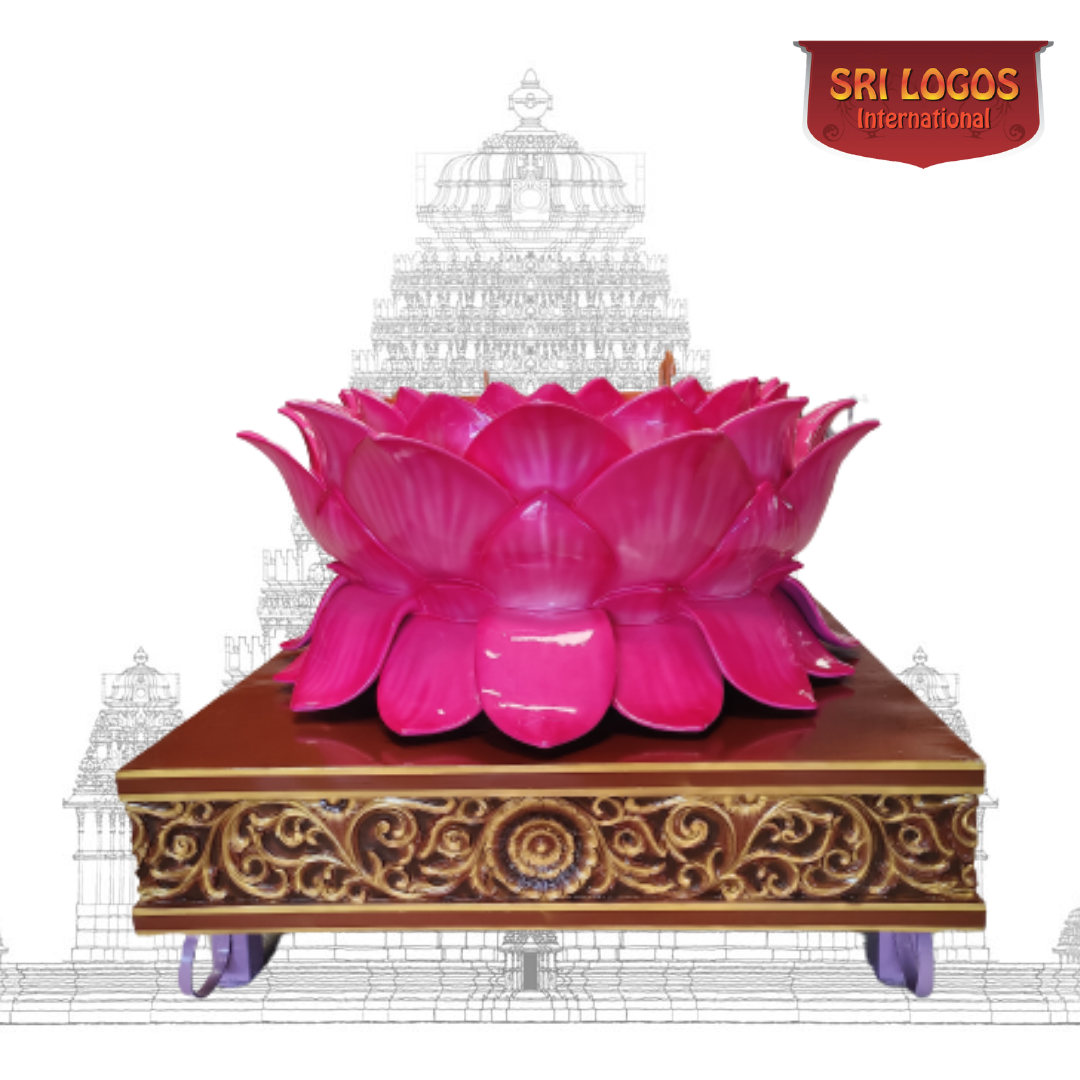 Quick View
Quick View
Vaaganam 28
-
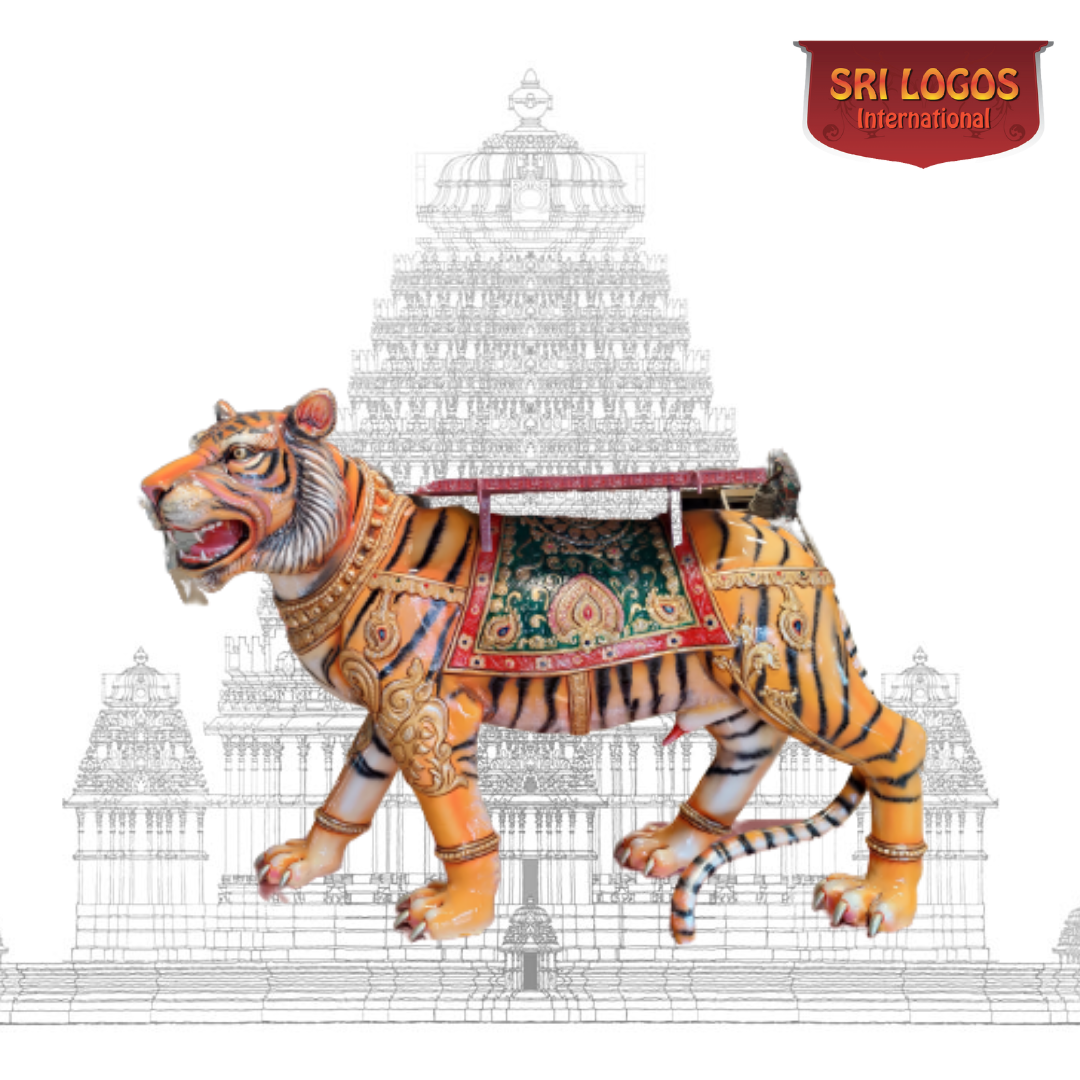 Quick View
Quick View
Vaaganam 27
-
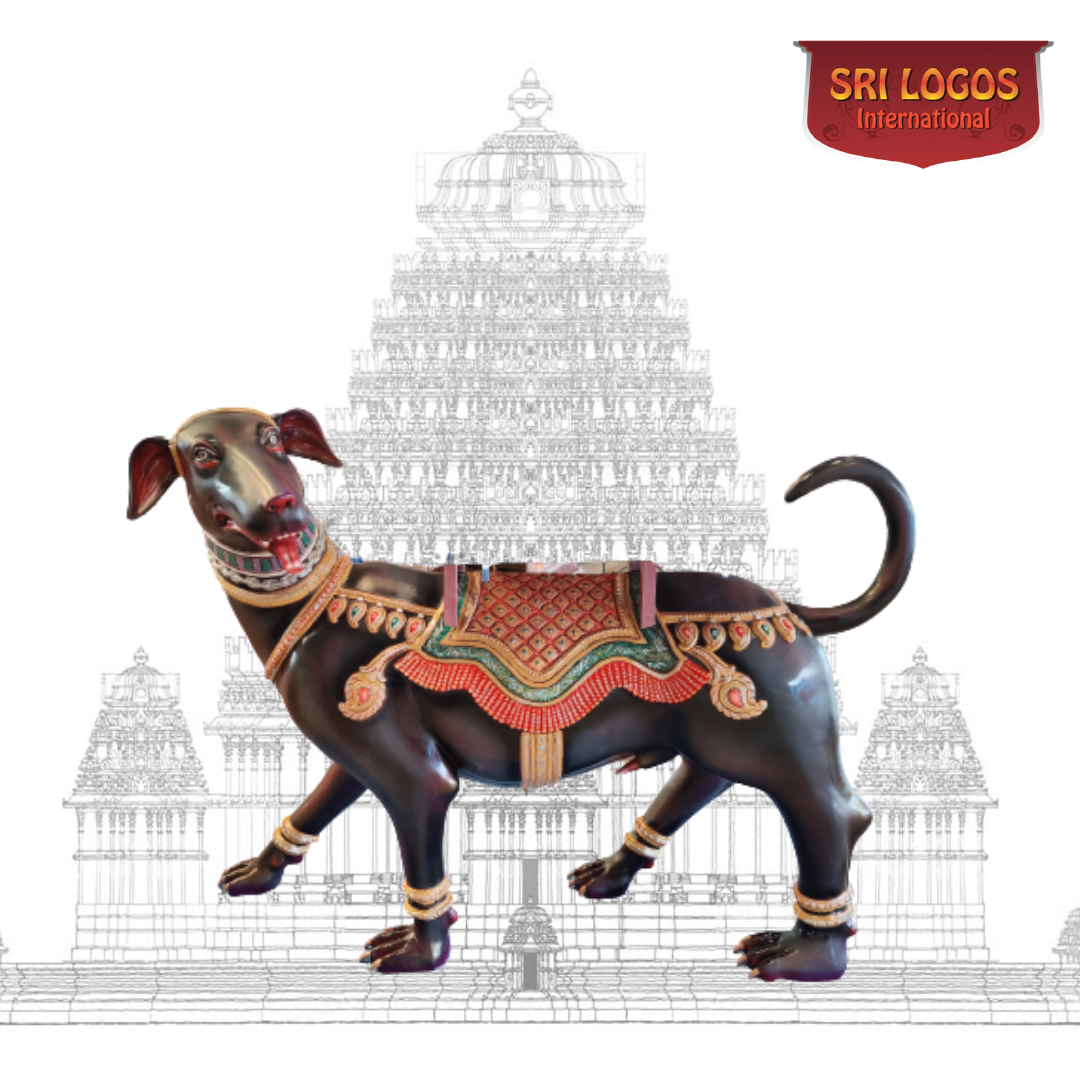 Quick View
Quick View
Vaaganam 26
-
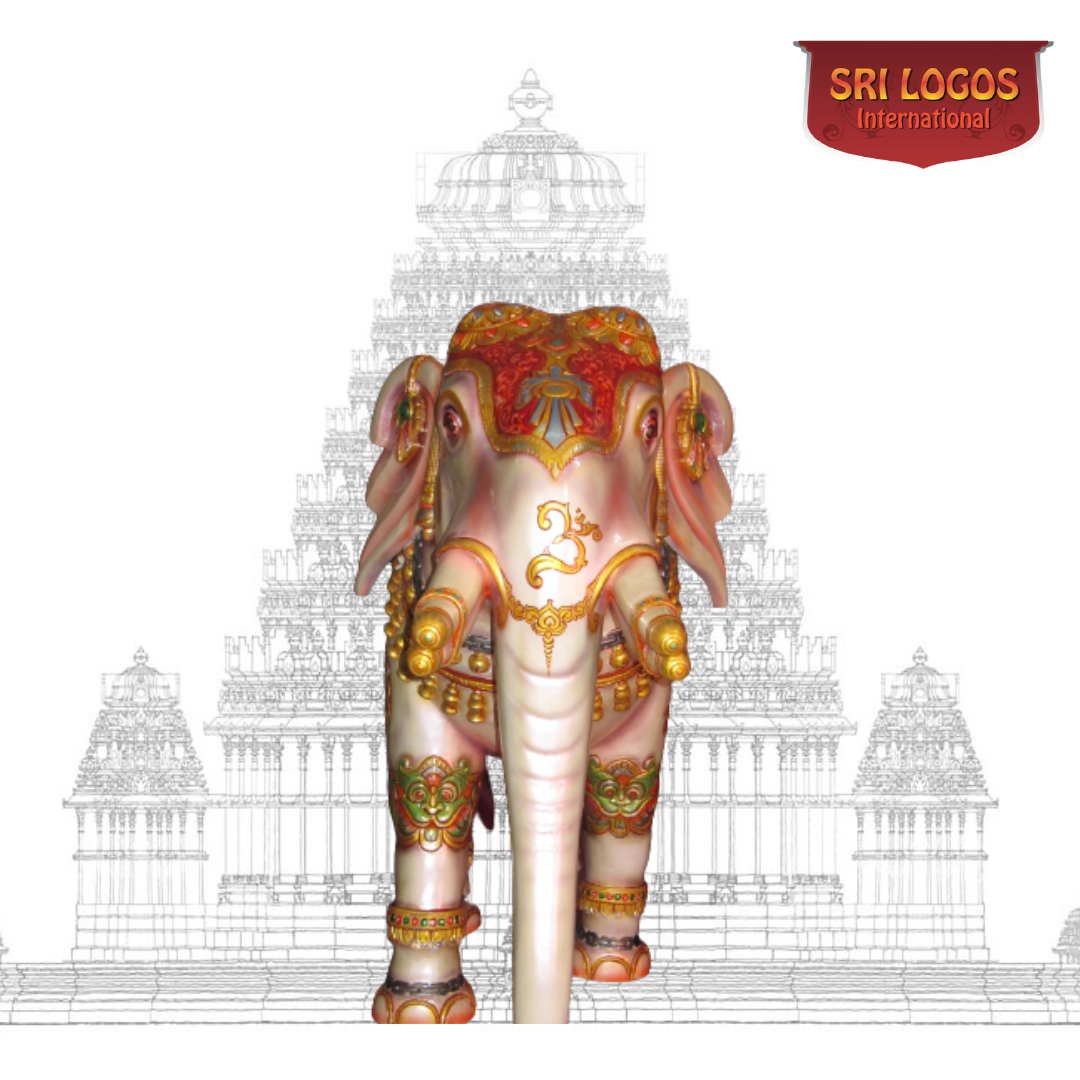 Quick View
Quick View
Vaaganam 25
-
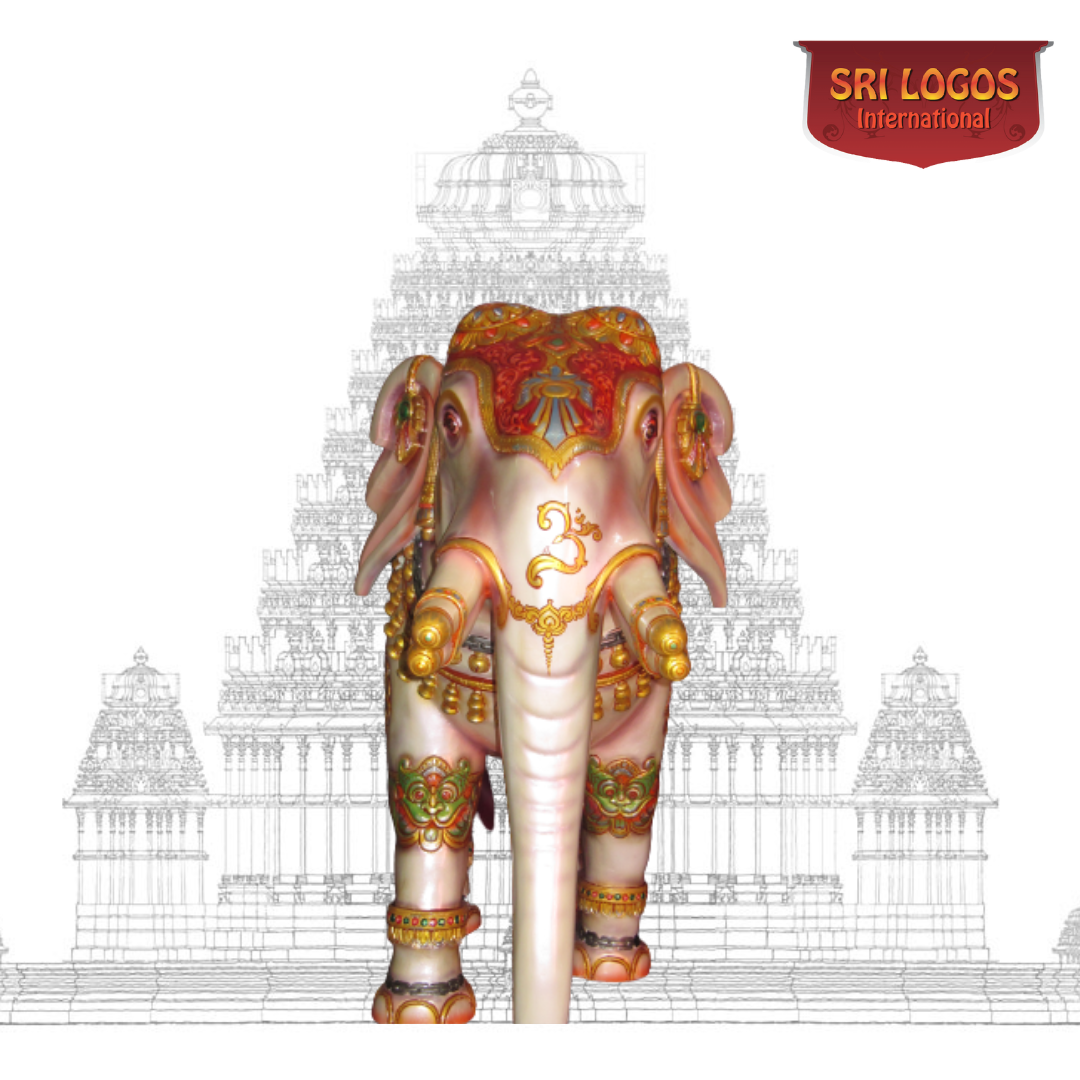 Quick View
Quick View
Vaaganam 24
-
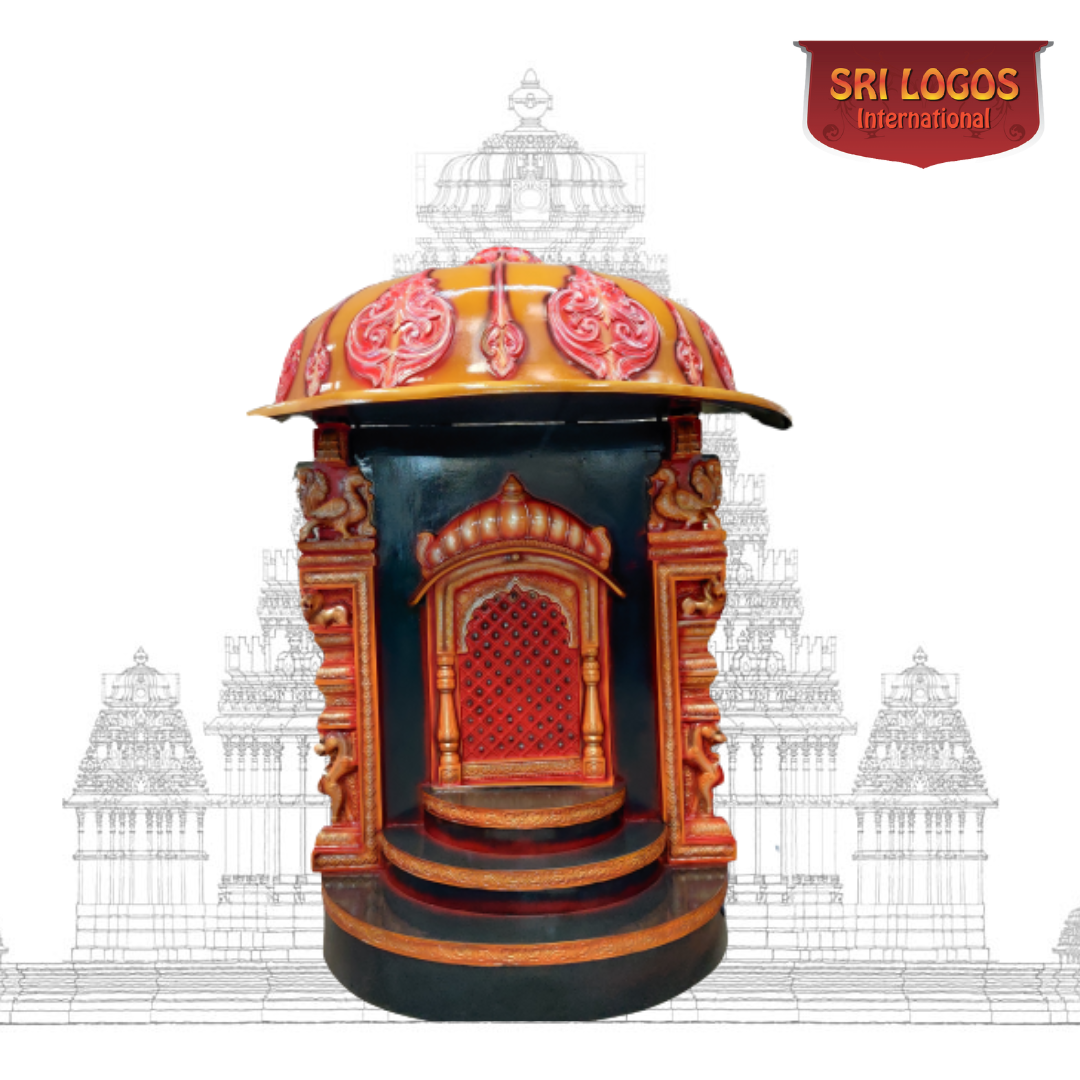 Quick View
Quick View
Vaaganam 23
-
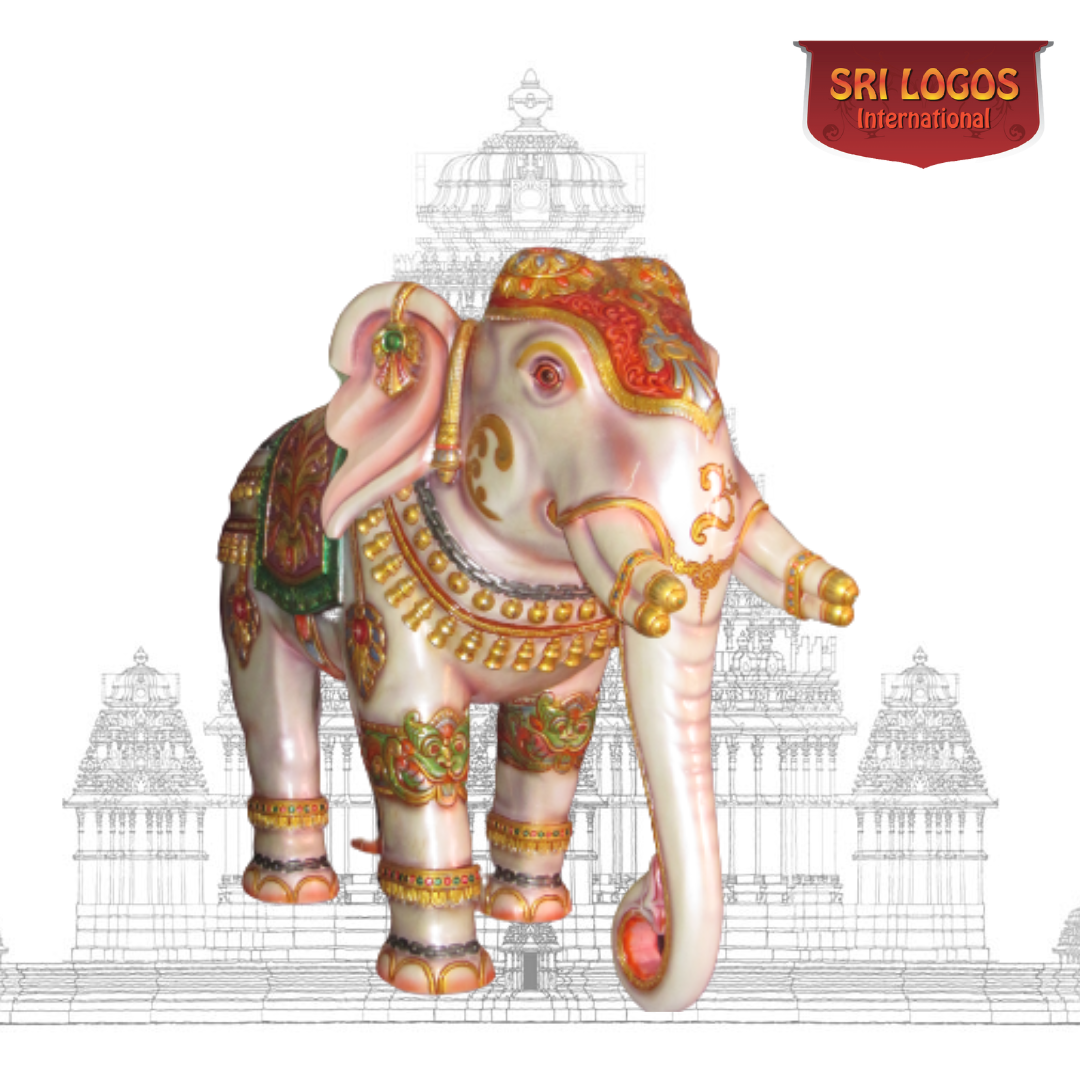 Quick View
Quick View
Vaaganam 22
-
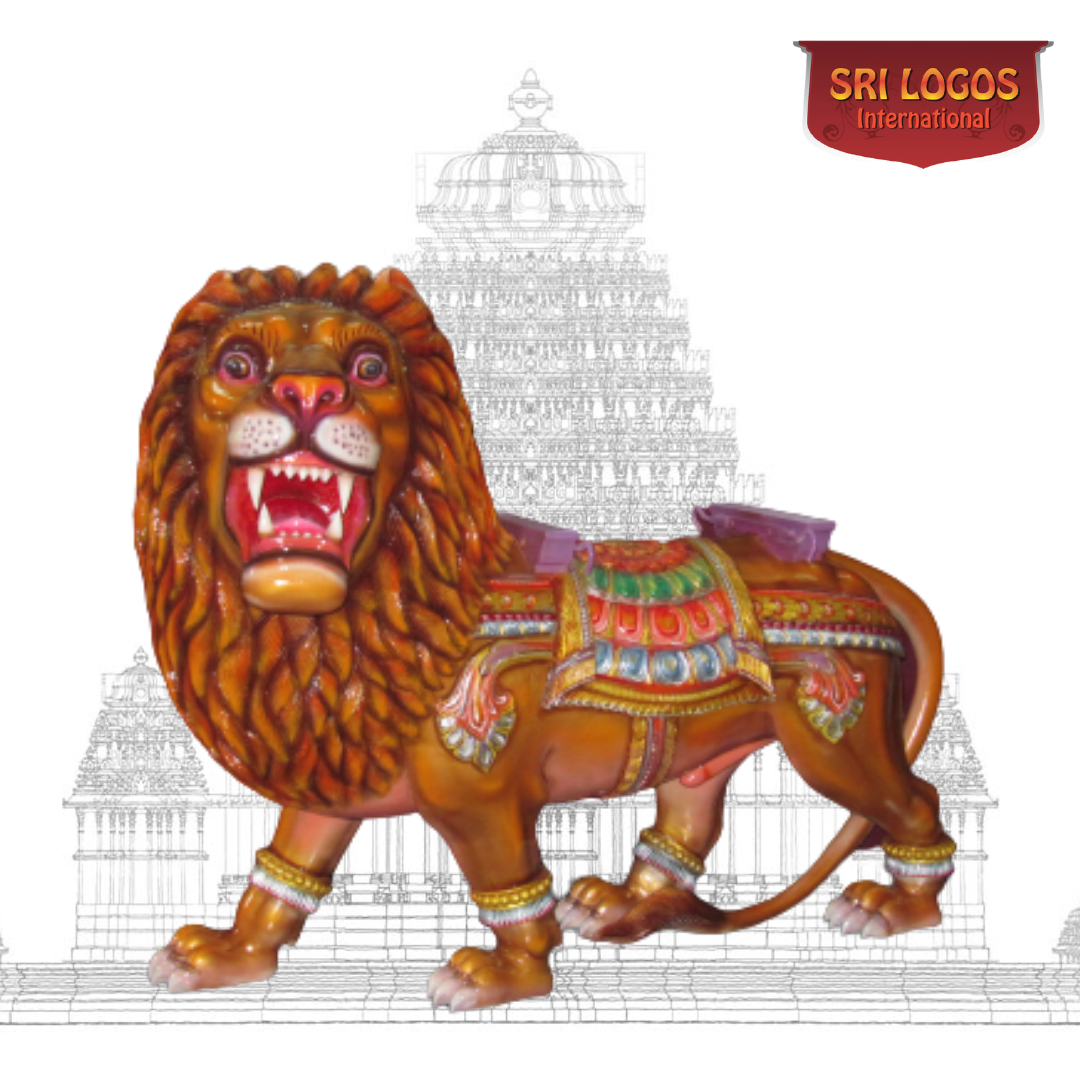 Quick View
Quick View
Vaaganam 21
-
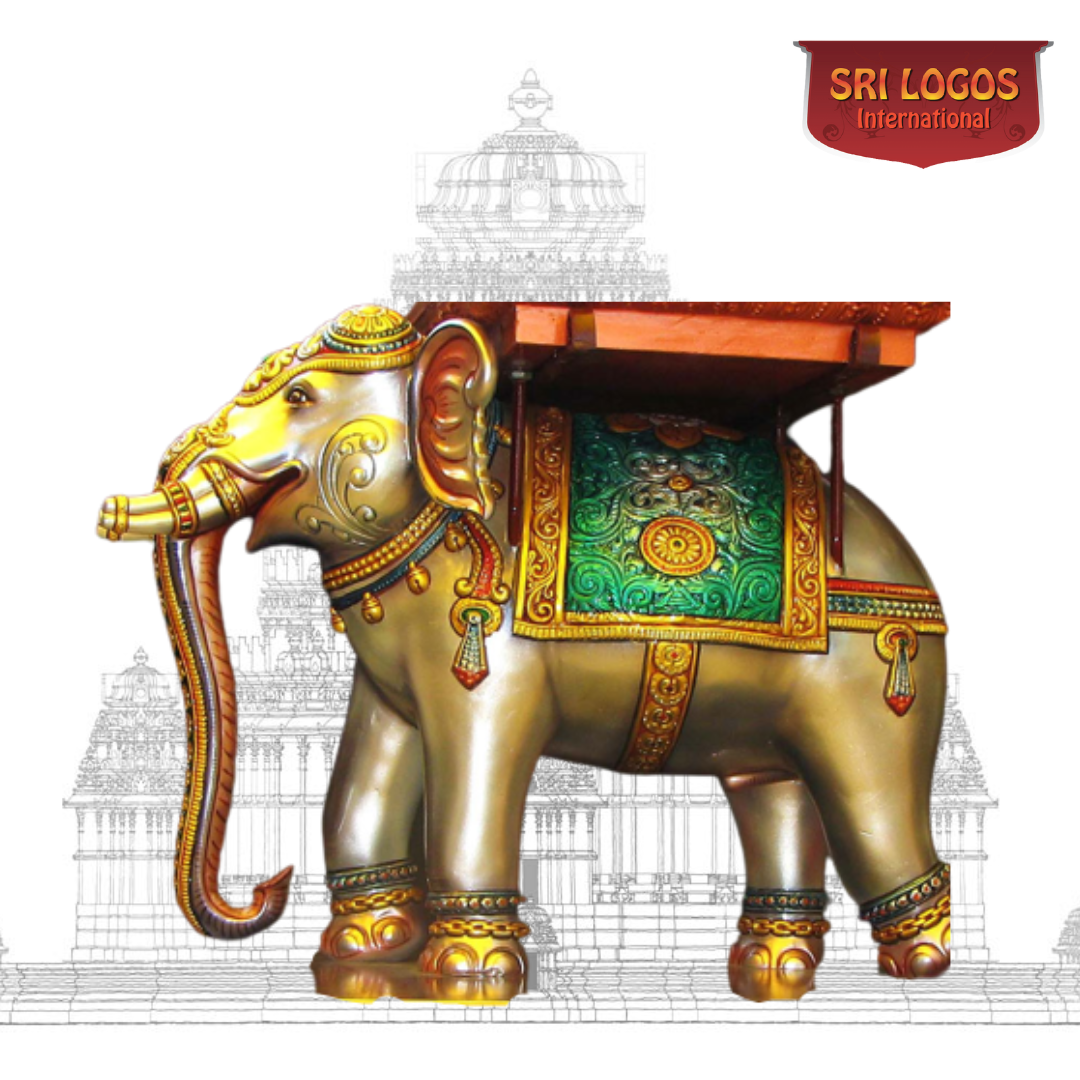 Quick View
Quick View
Vaaganam 20
-
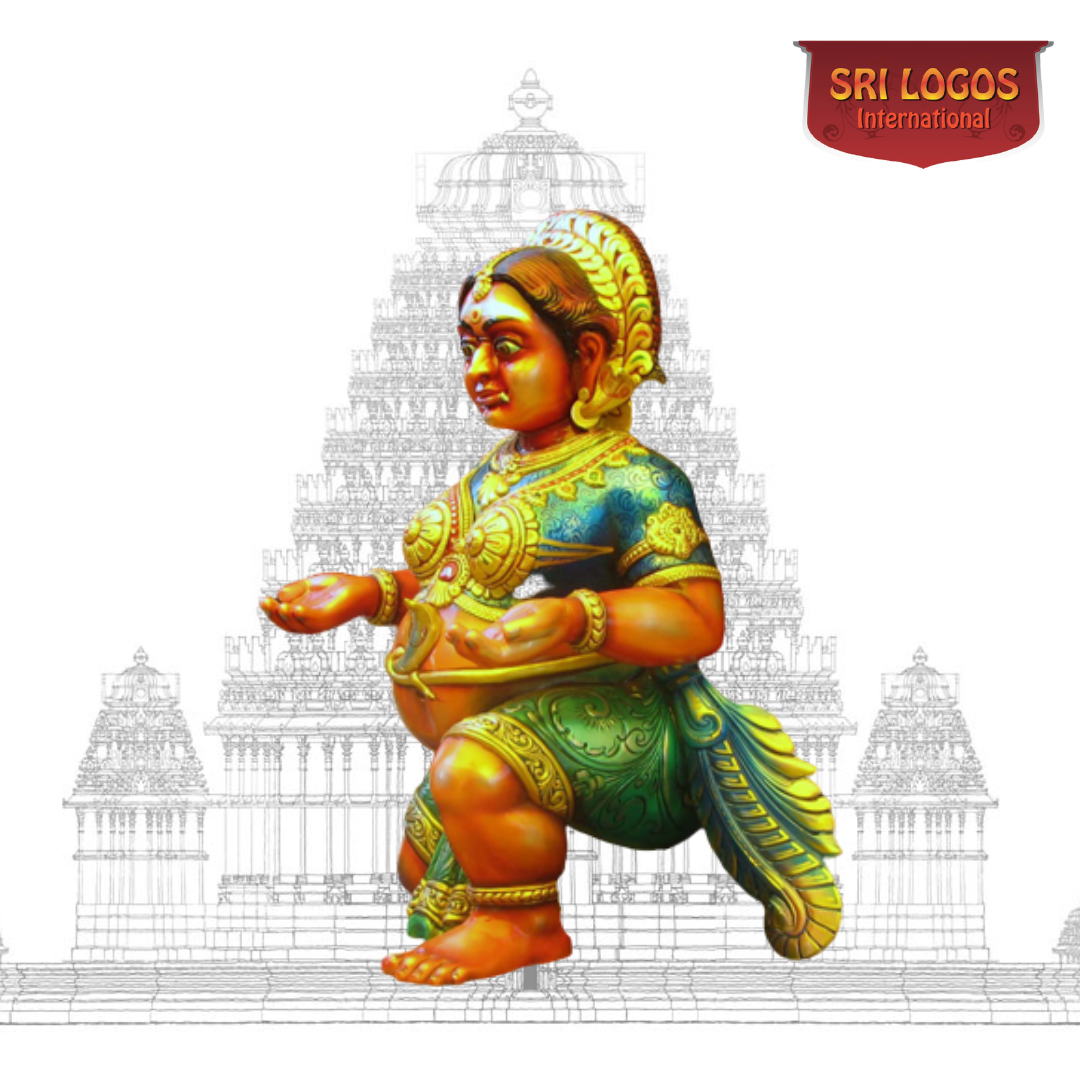 Quick View
Quick View
Vaaganam 19
-
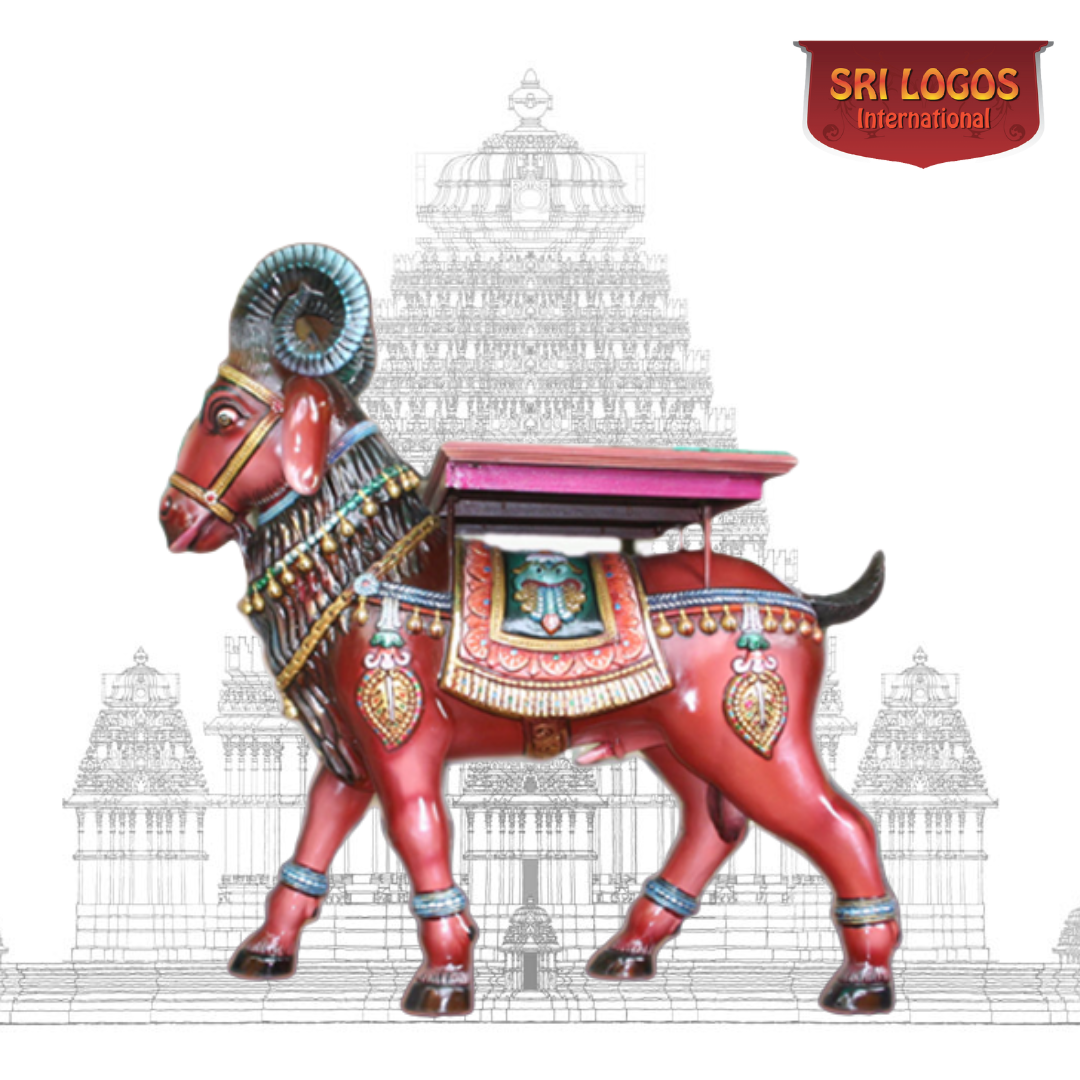 Quick View
Quick View
Vaaganam 18
-
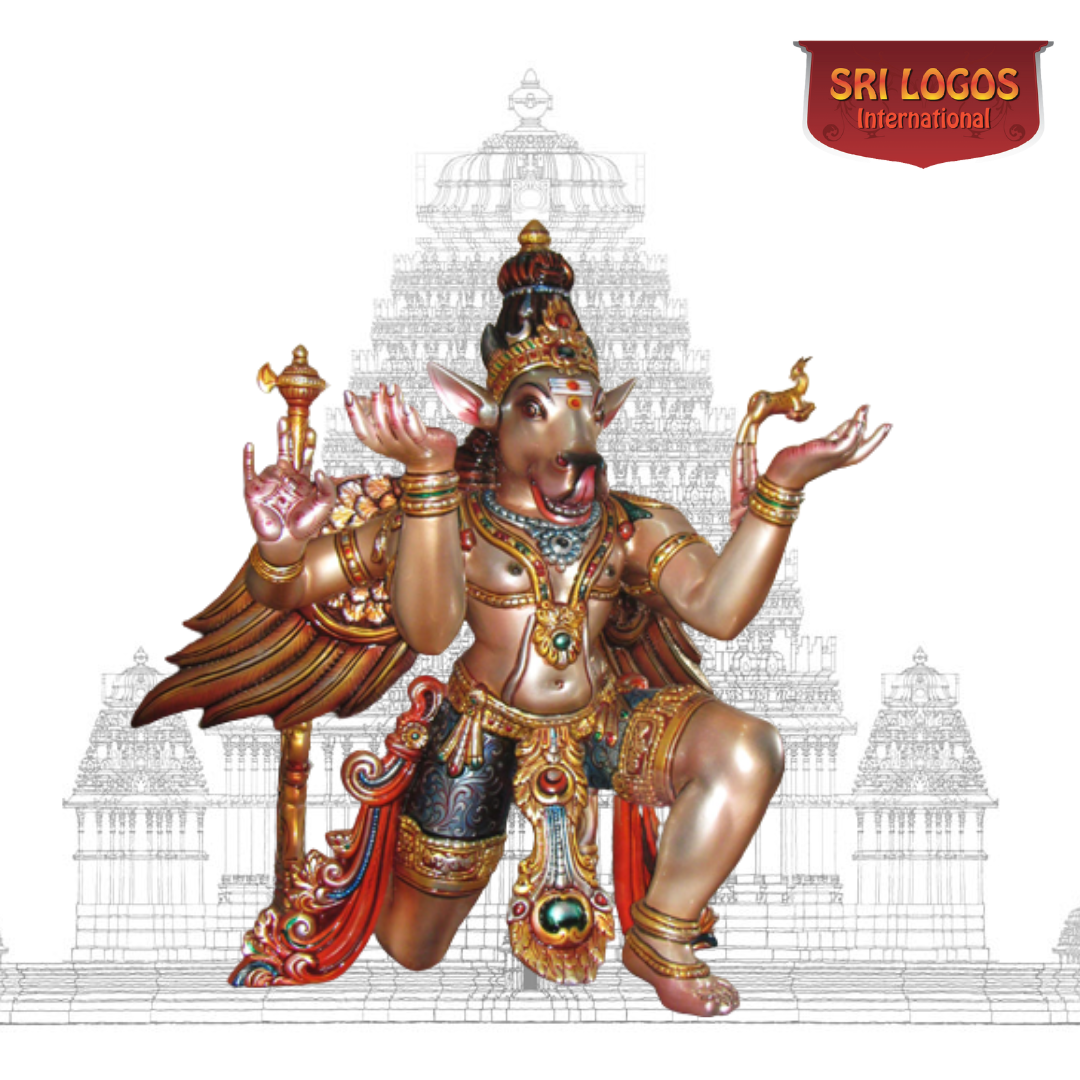 Quick View
Quick View
Vaaganam 17
-
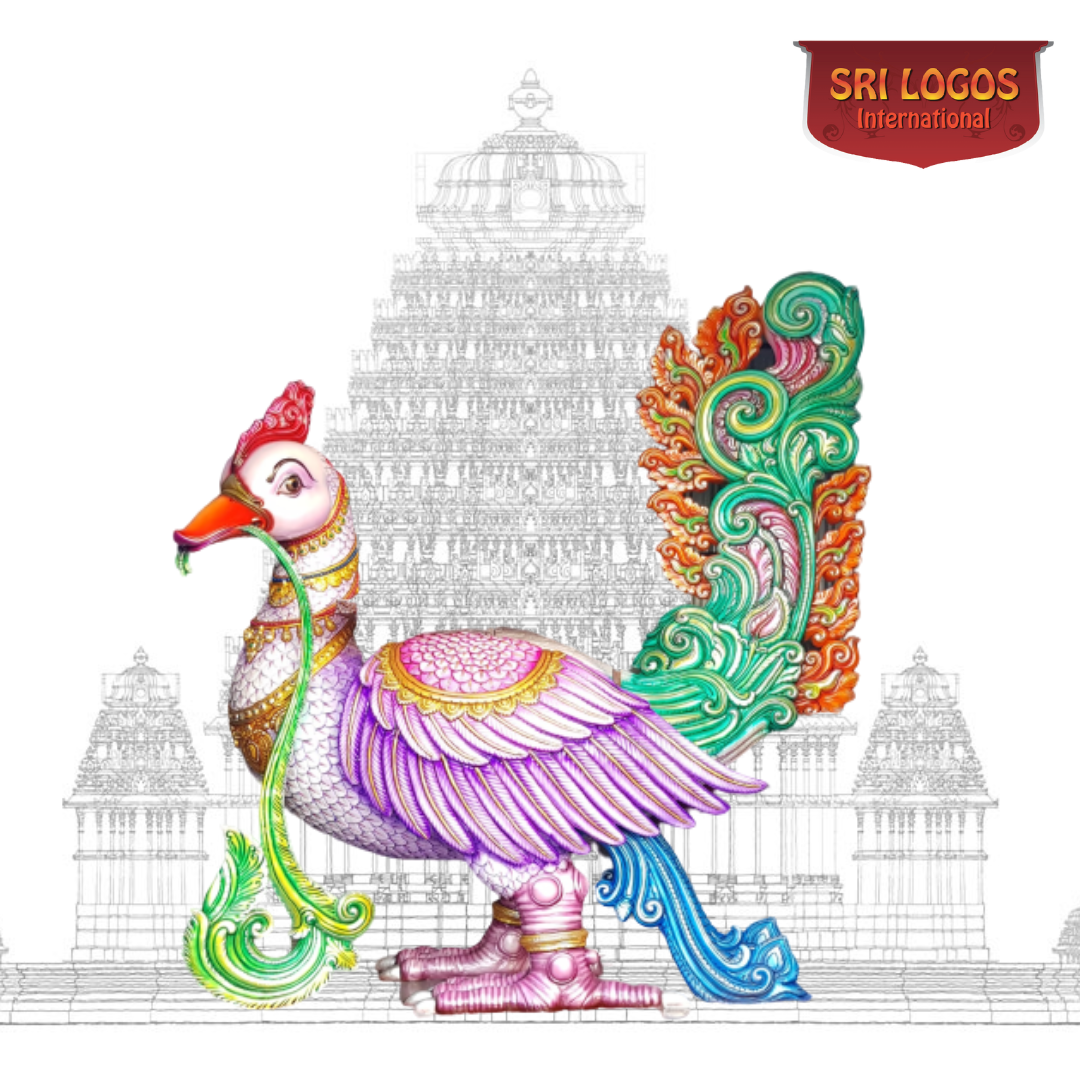 Quick View
Quick View
Vaaganam 16
-
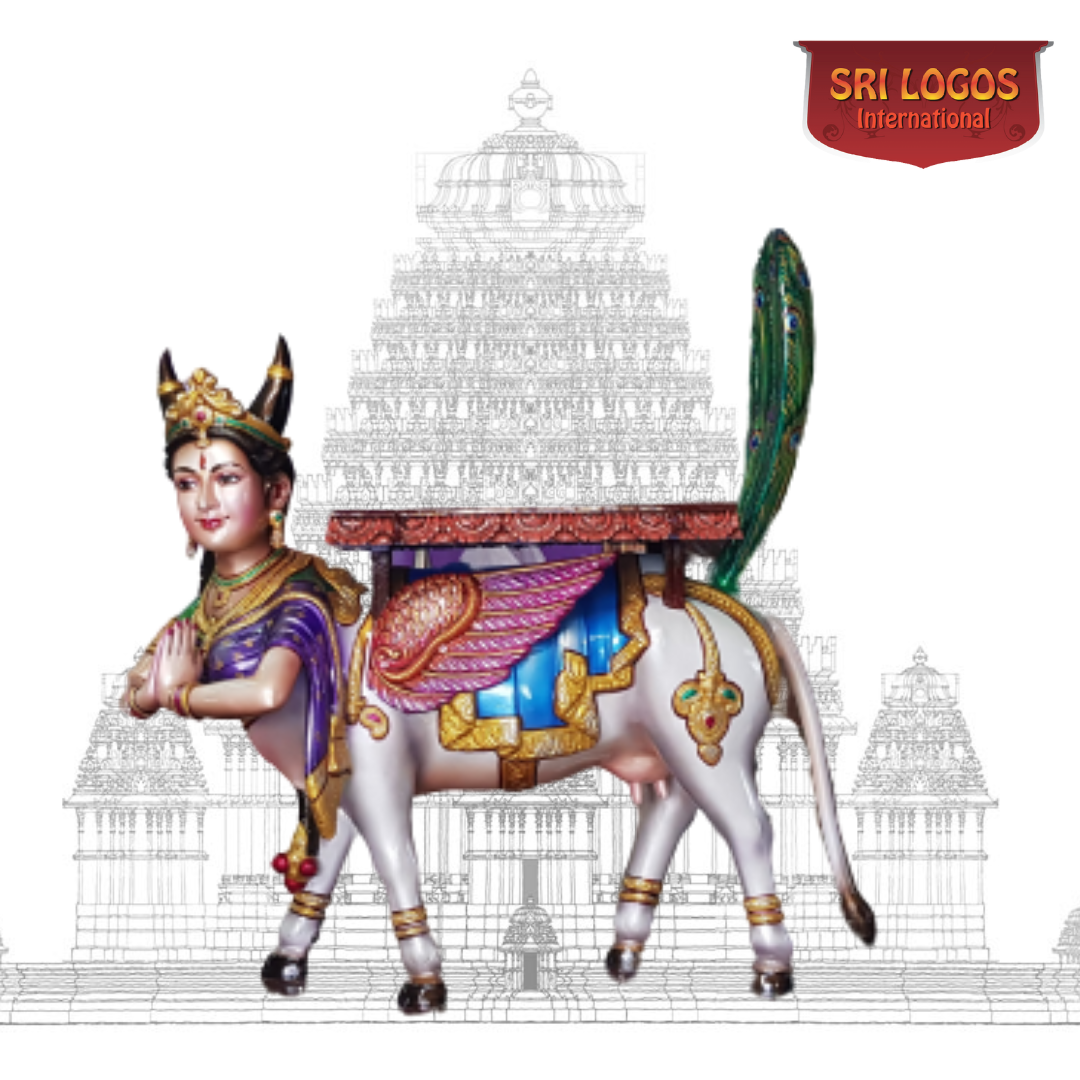 Quick View
Quick View
Vaaganam 15
-
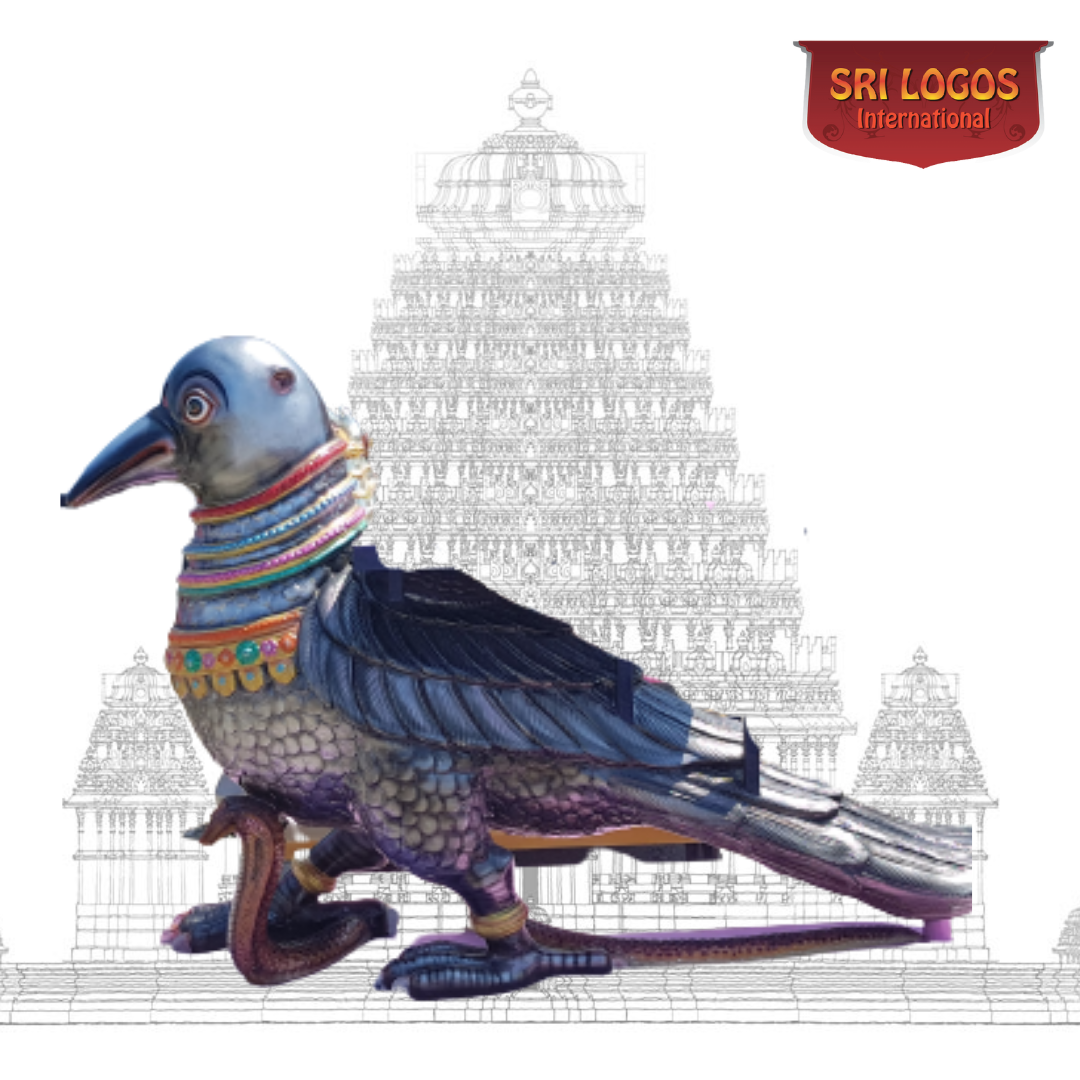 Quick View
Quick View
Vaaganam 14
-
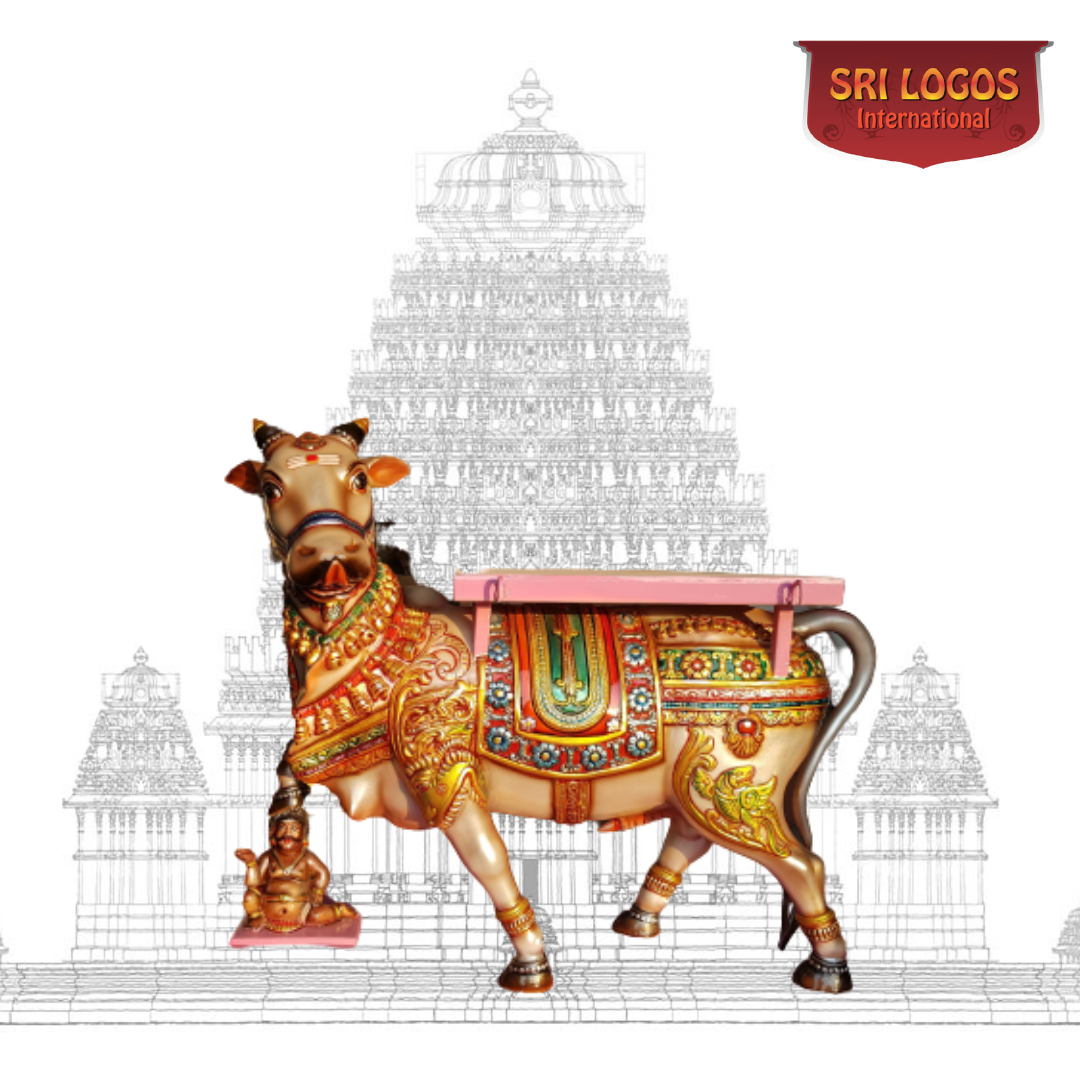 Quick View
Quick View
Vaaganam 13
-
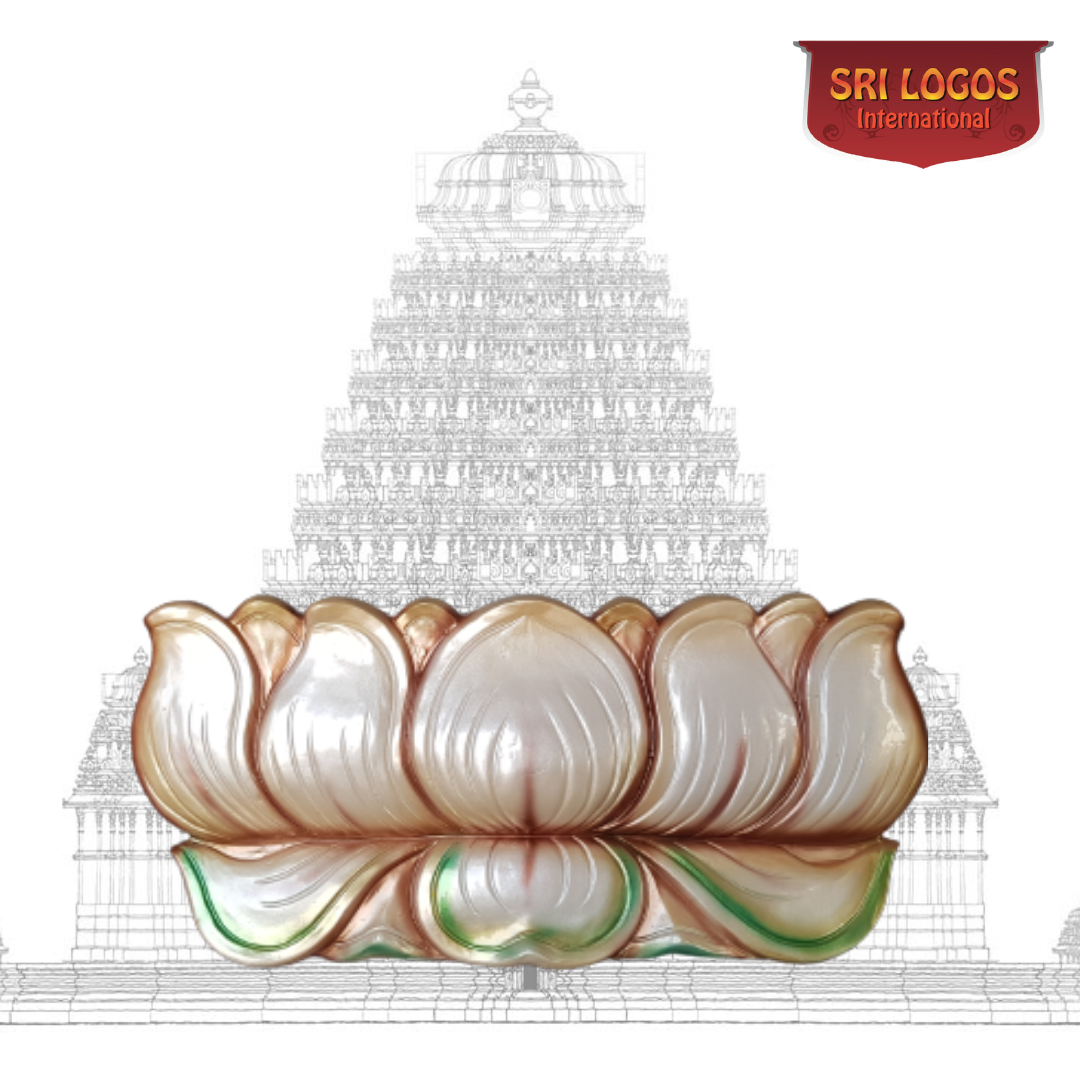 Quick View
Quick View
Vaaganam 12
-
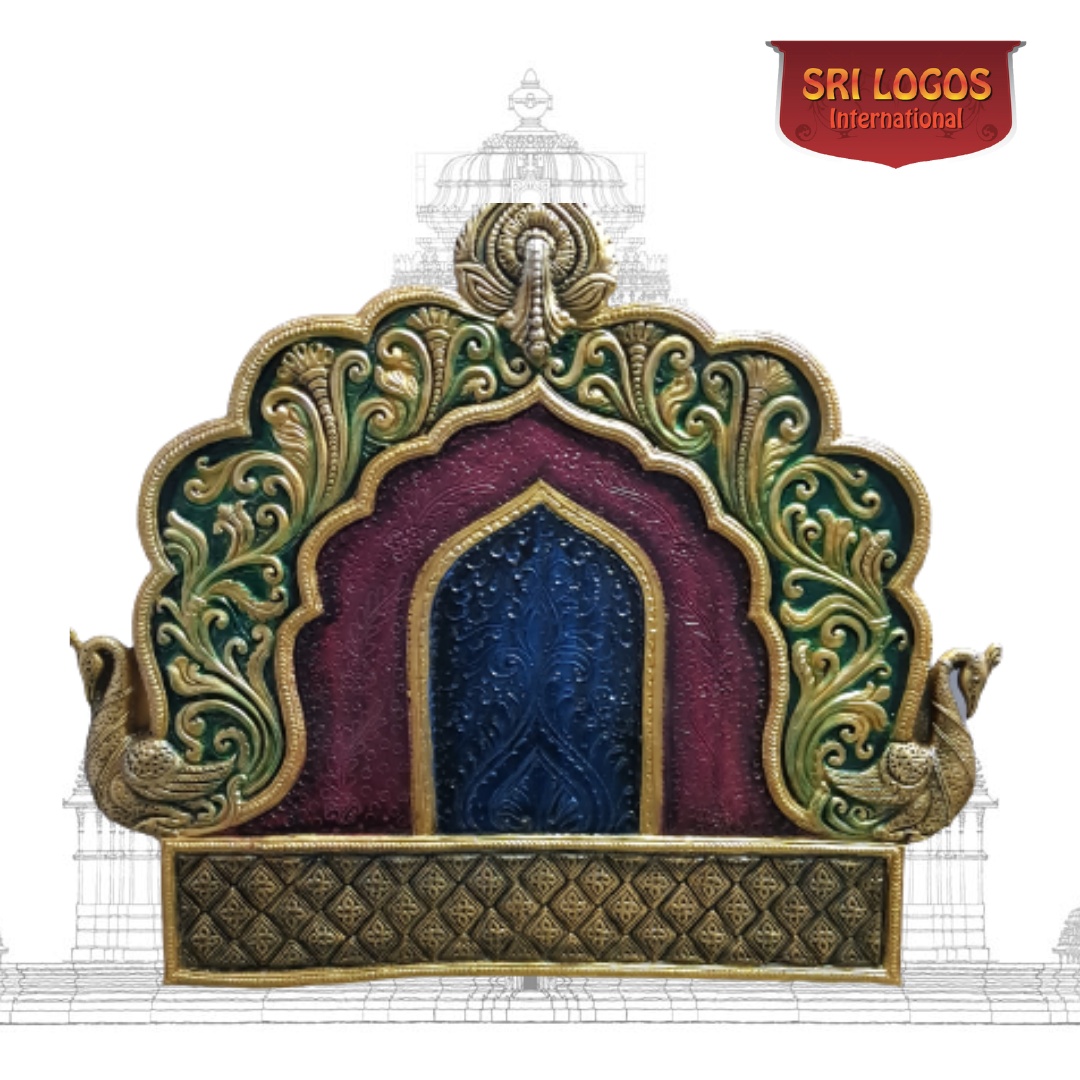 Quick View
Quick View
Vaaganam 11
-
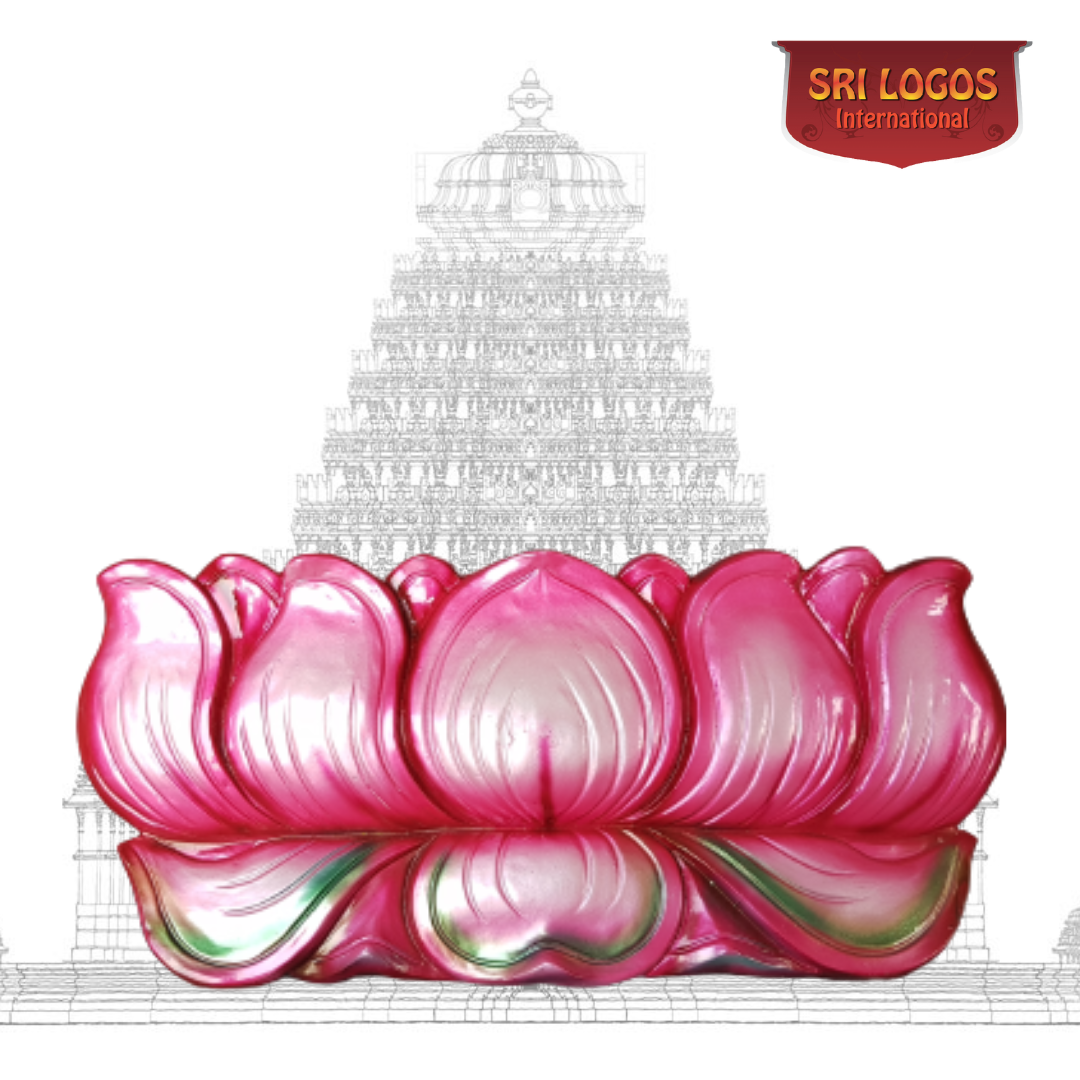 Quick View
Quick View
Vaaganam 10
-
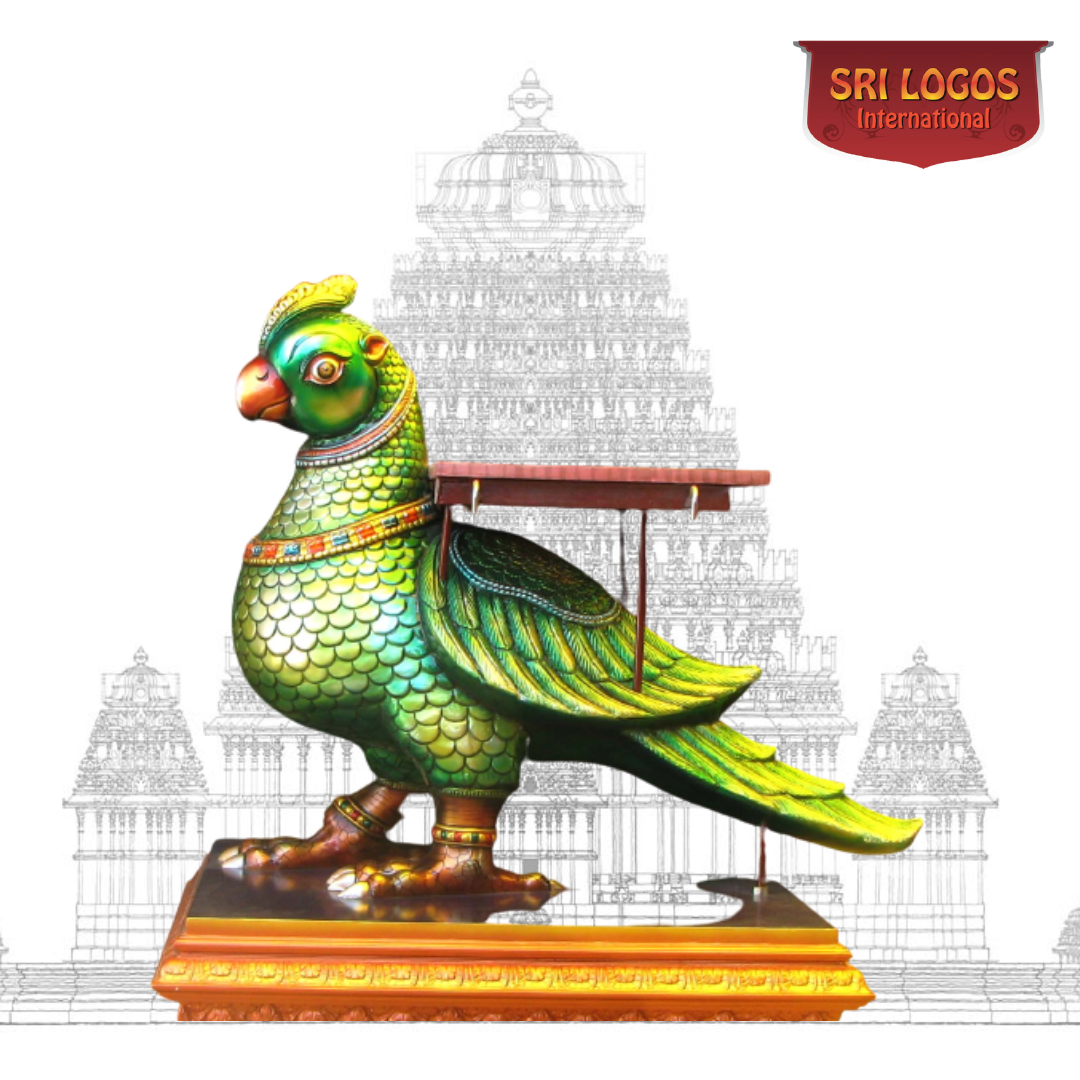 Quick View
Quick View
Vaaganam 9
-
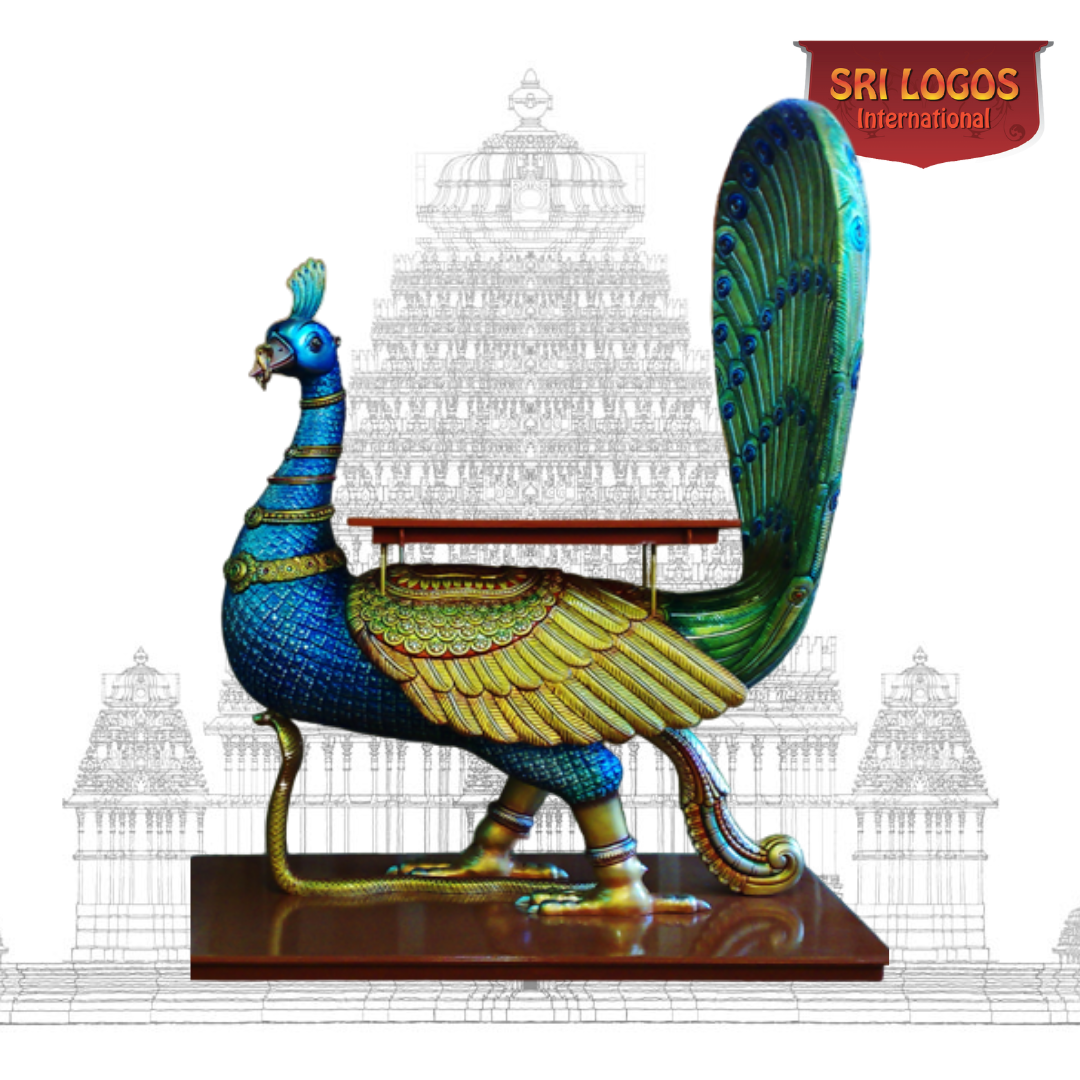 Quick View
Quick View
Vaganam 8
-
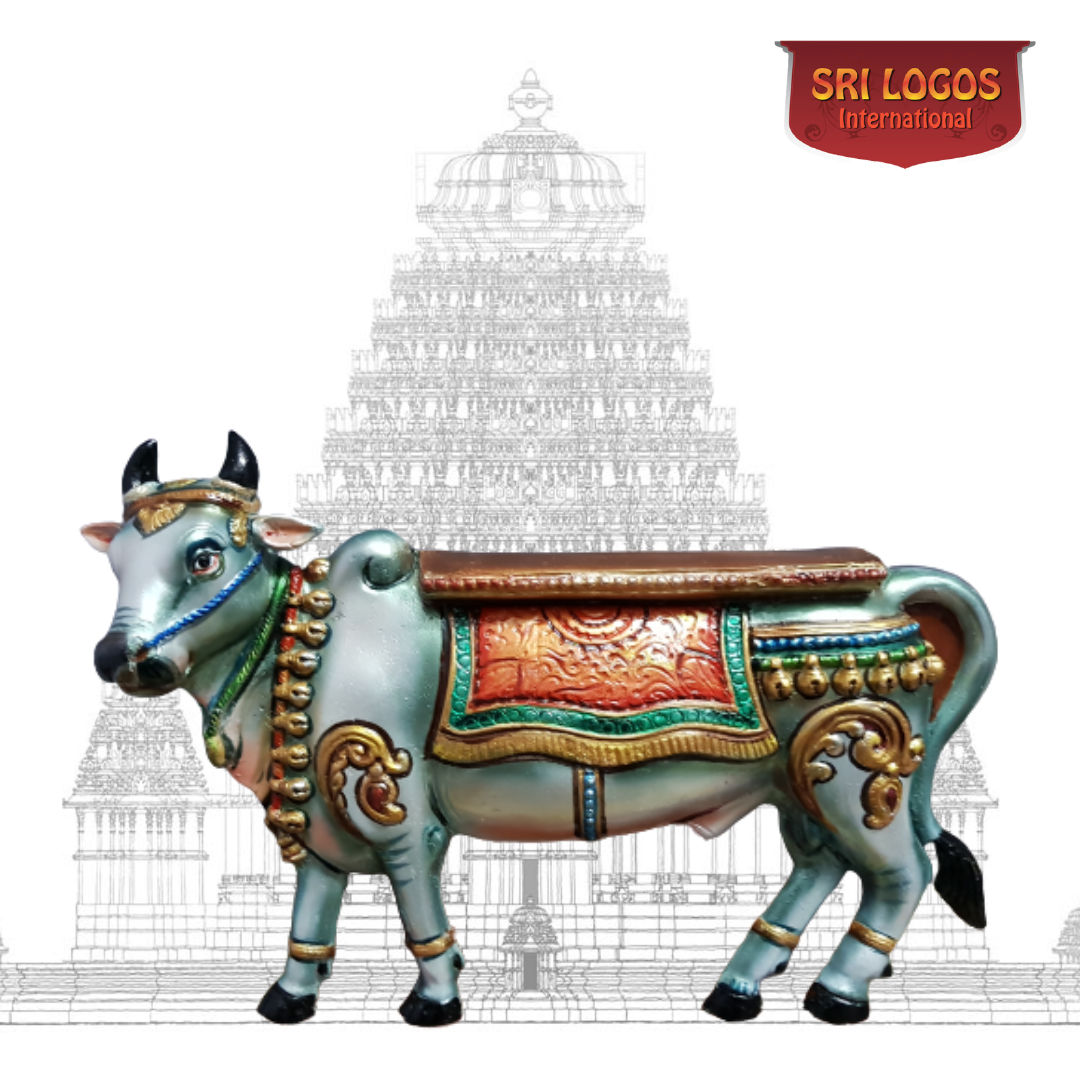 Quick View
Quick View
Vaganam 7
-
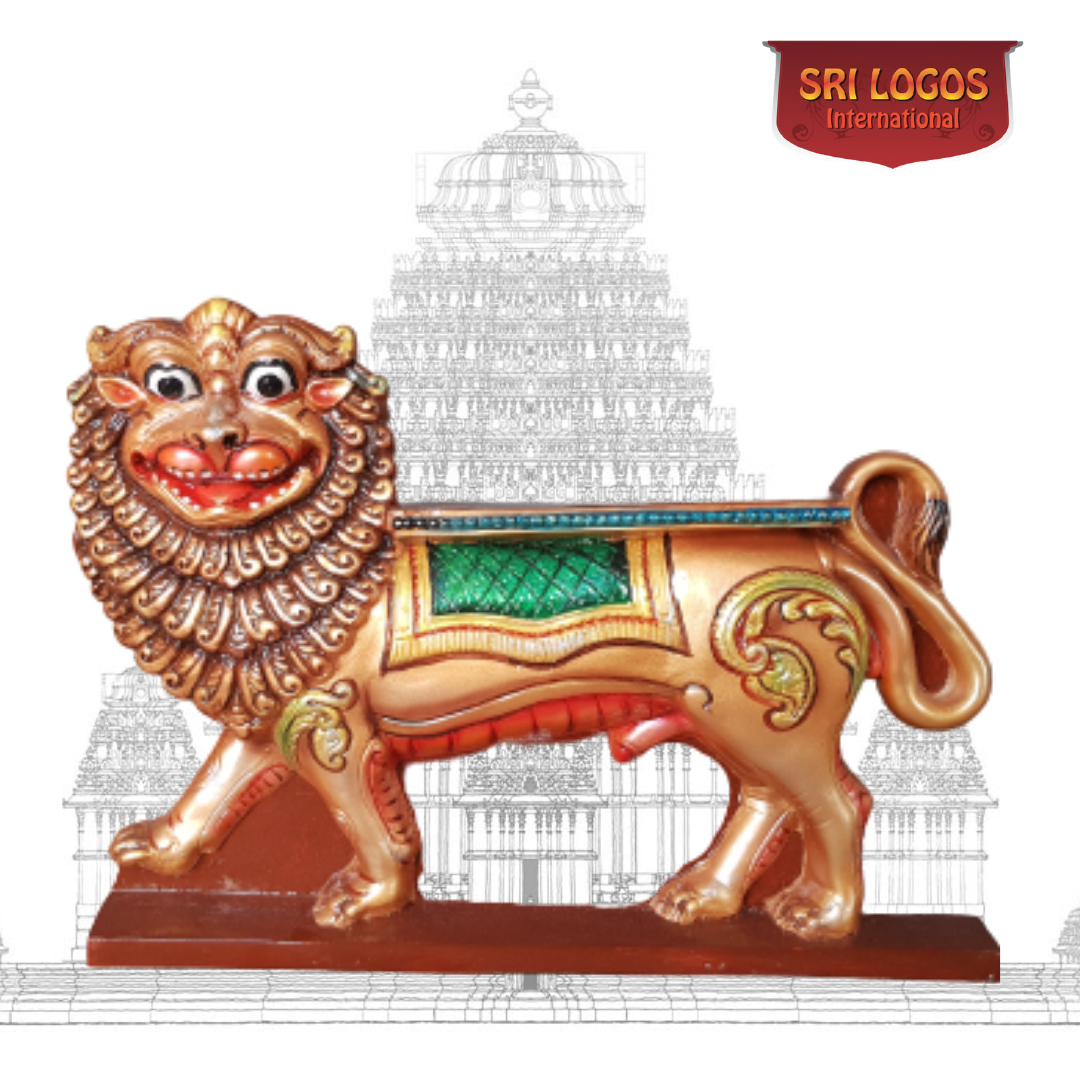 Quick View
Quick View
Vaganam 6
-
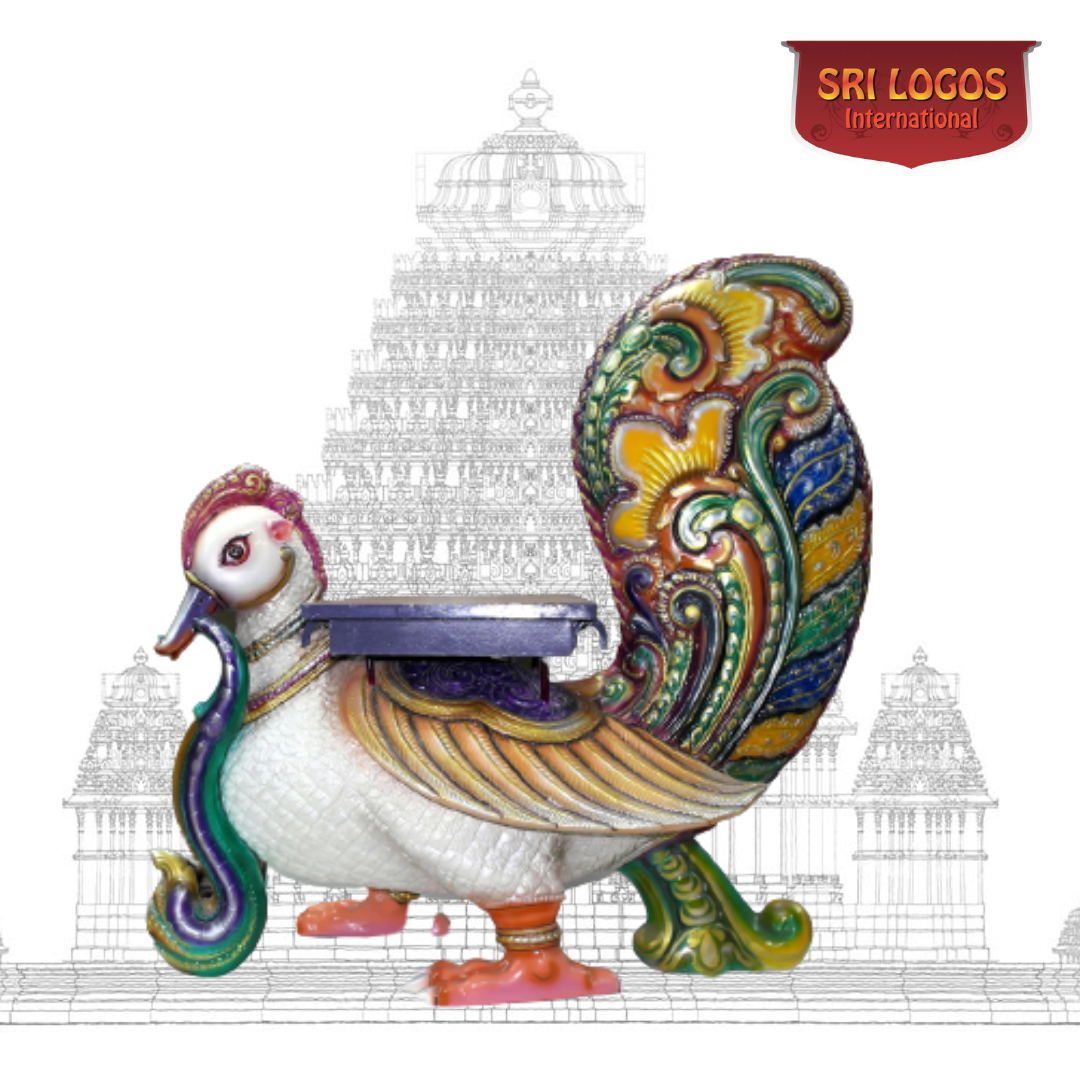 Quick View
Quick View
Vaganam 5
-
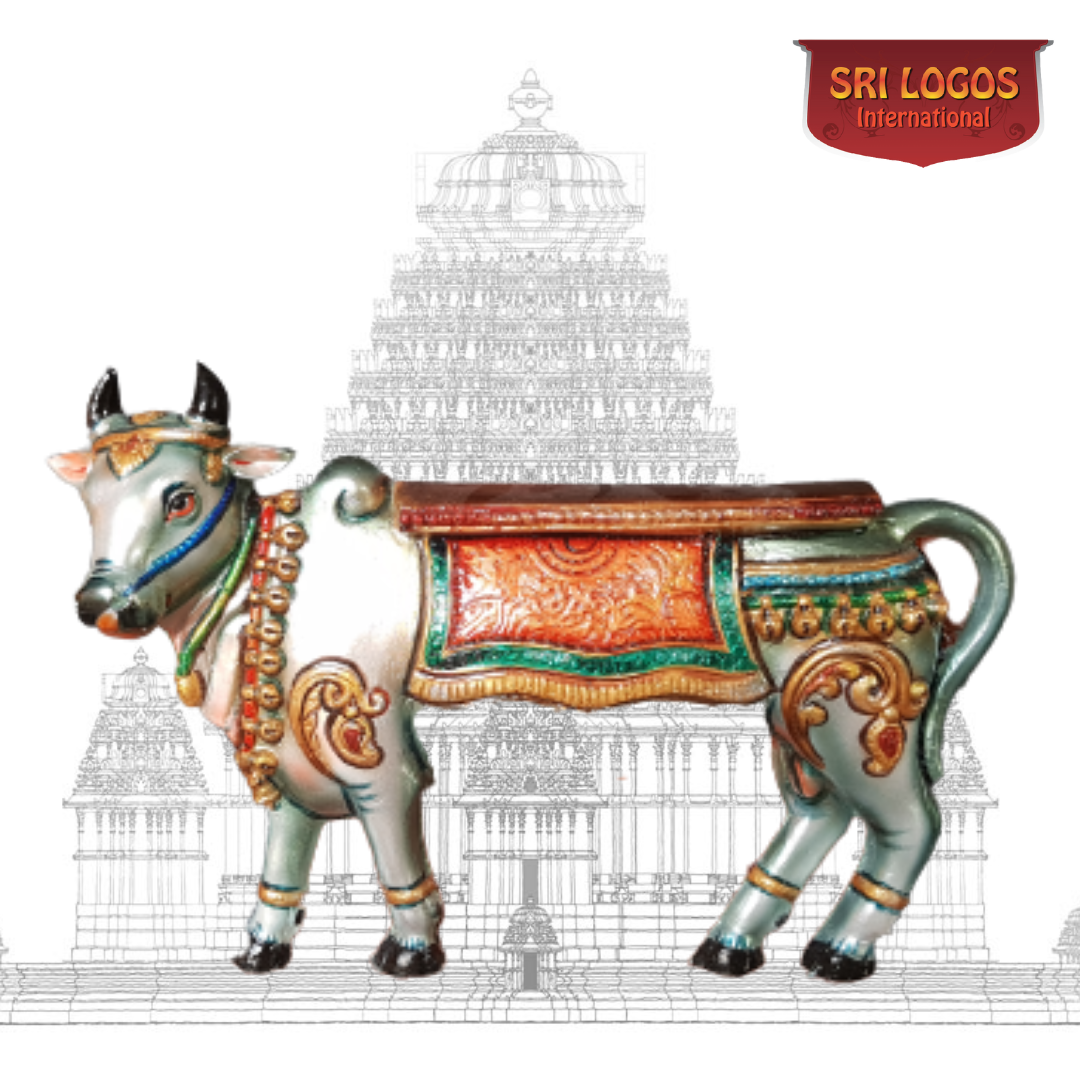 Quick View
Quick View
Vaganam 4
-
 Quick View
Quick View
Vaganam 3
-
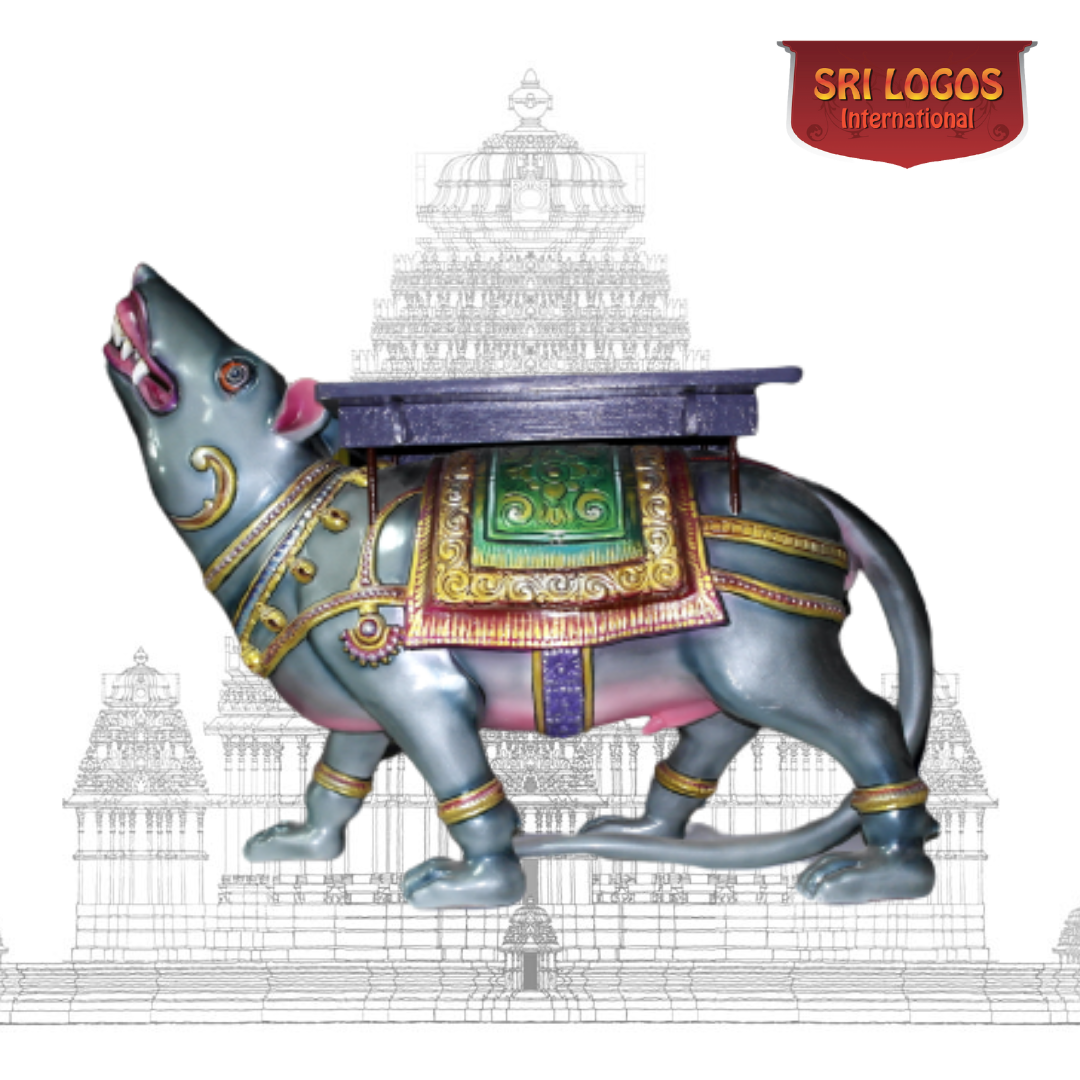 Quick View
Quick View
Vaganam 2
-
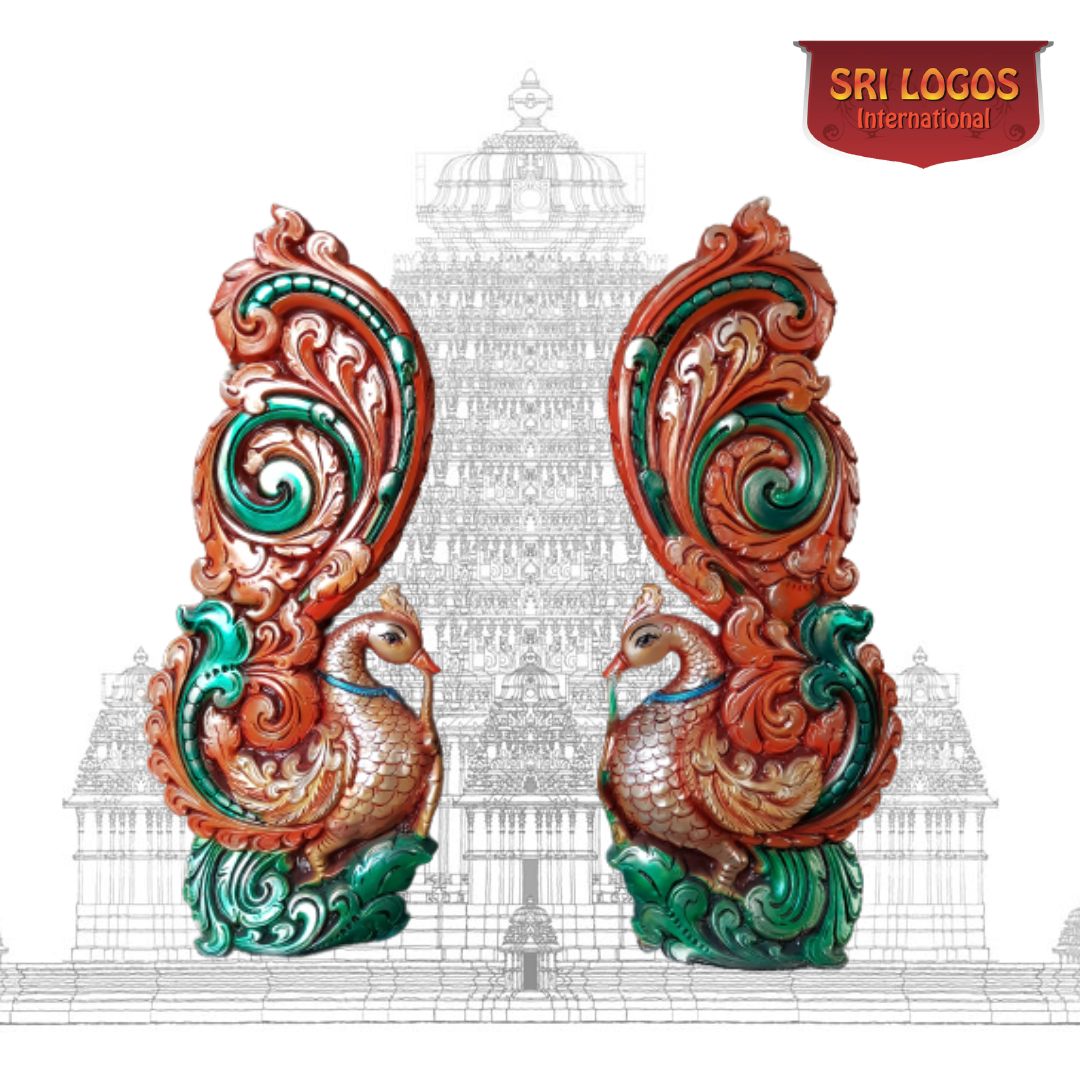 Quick View
Quick View
Vaganam 1




